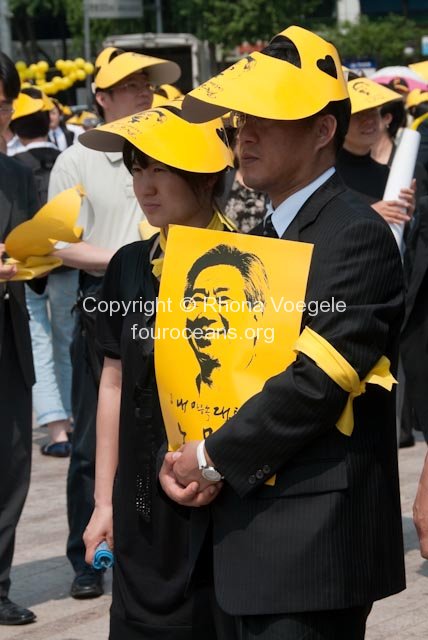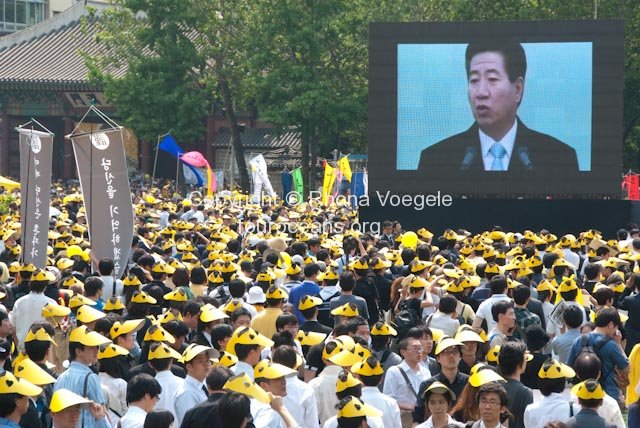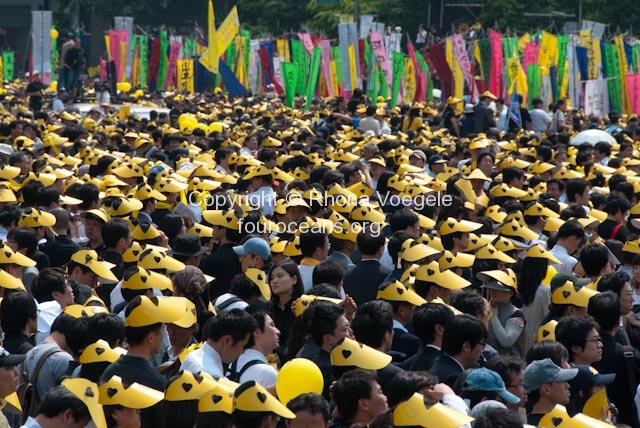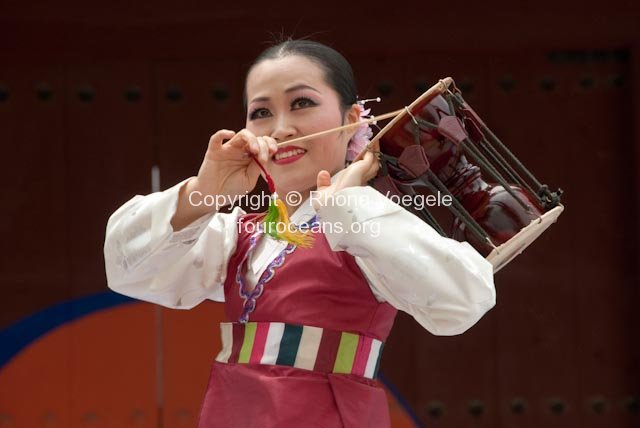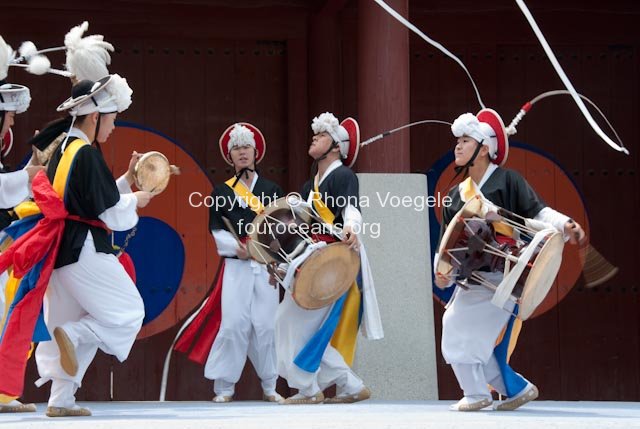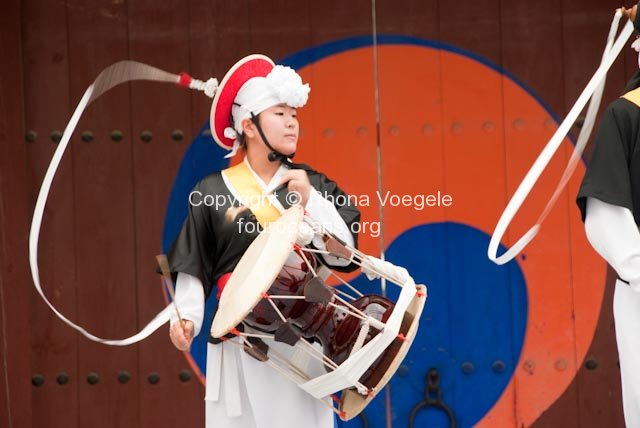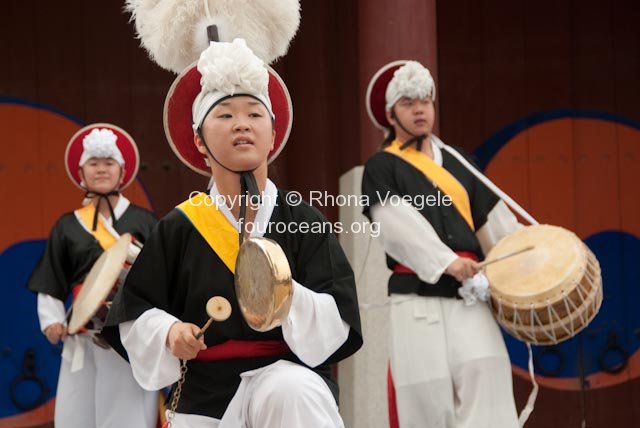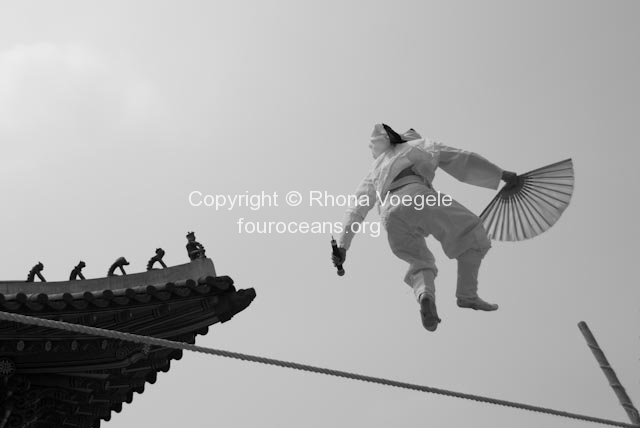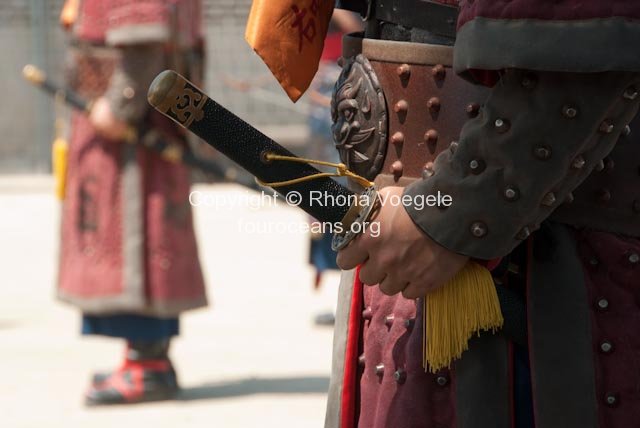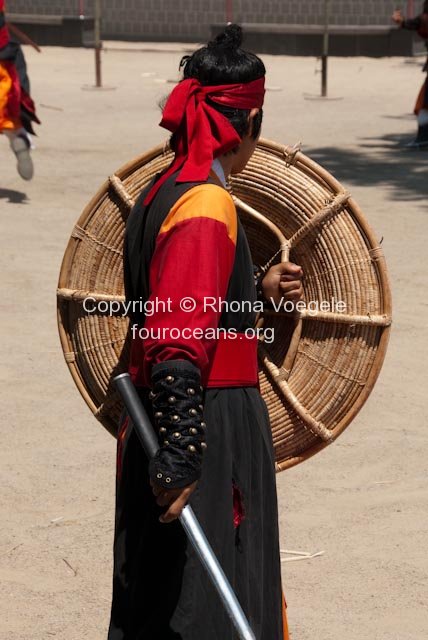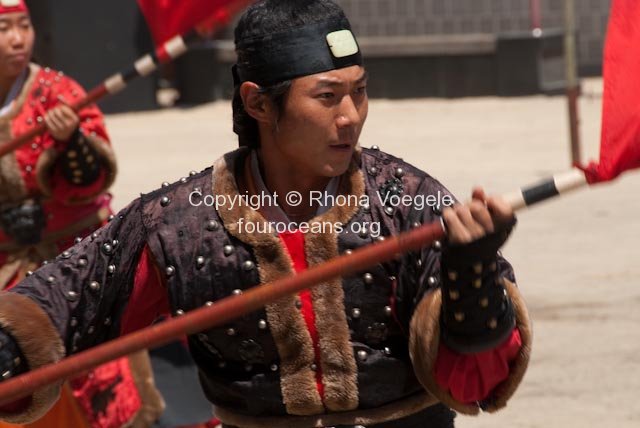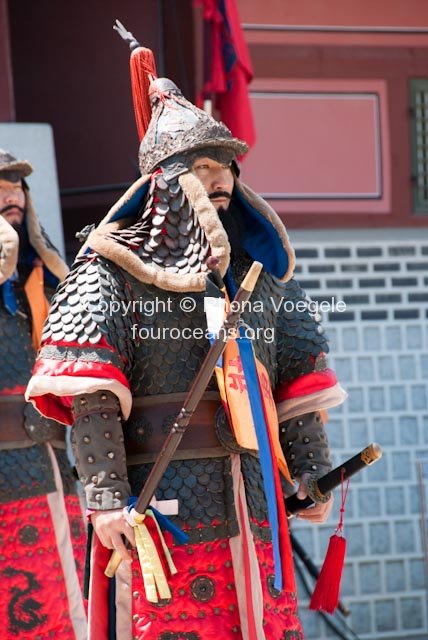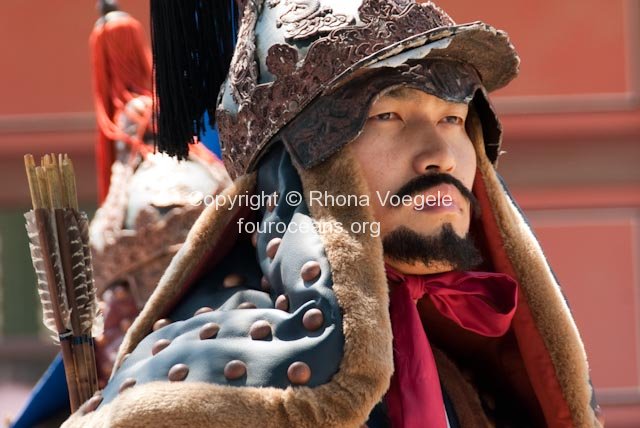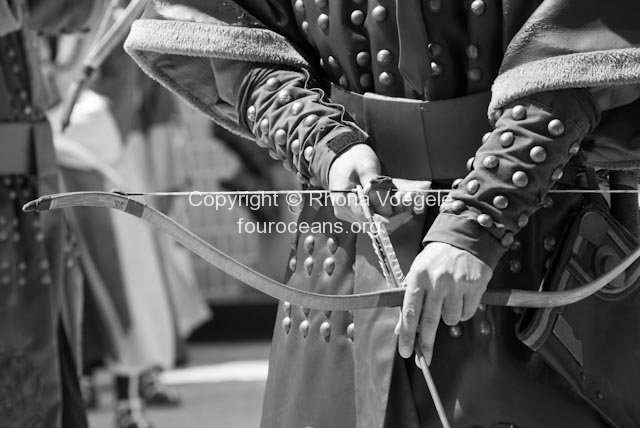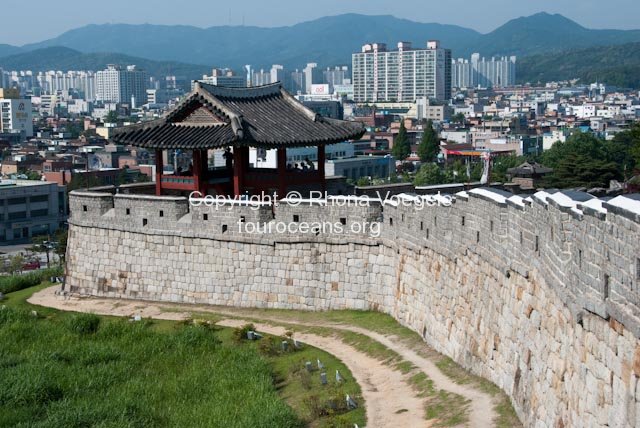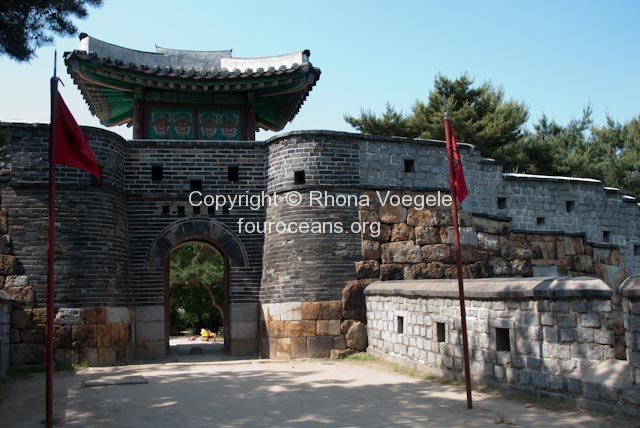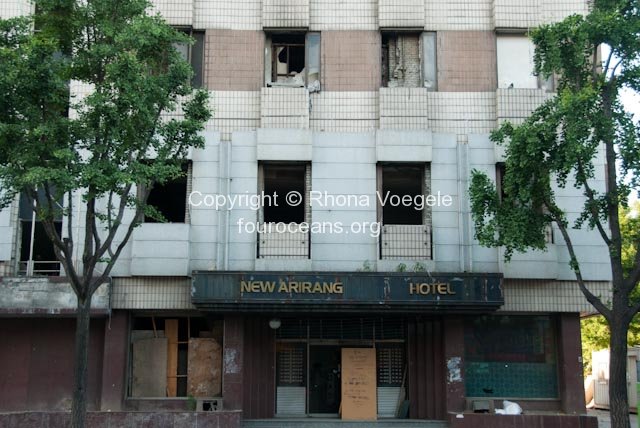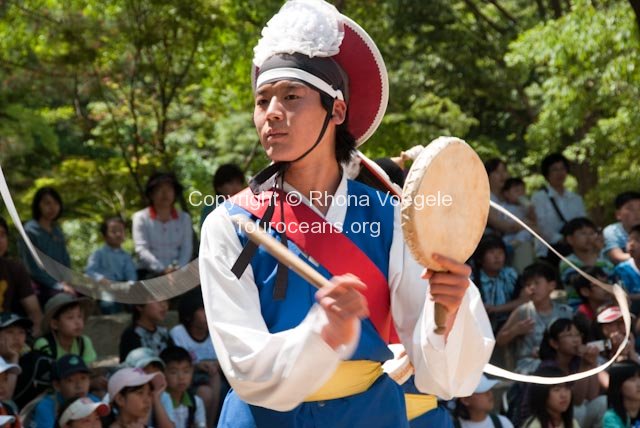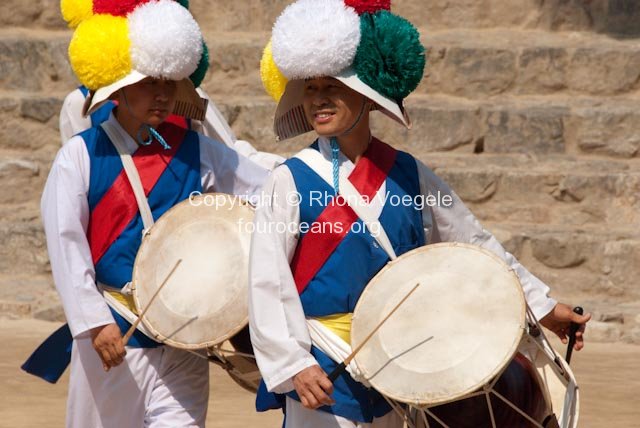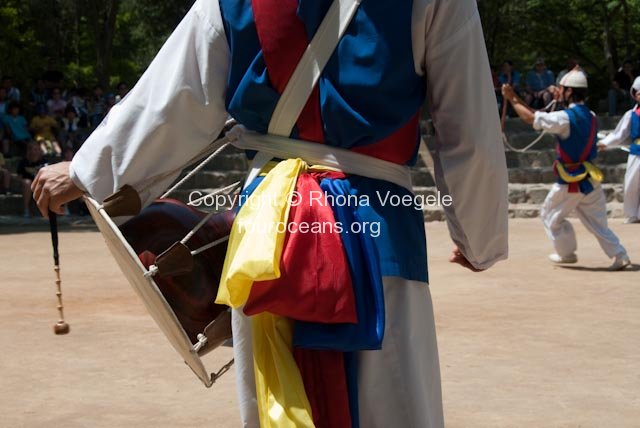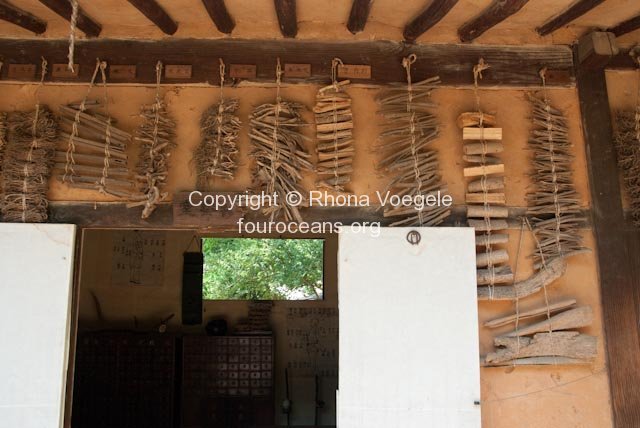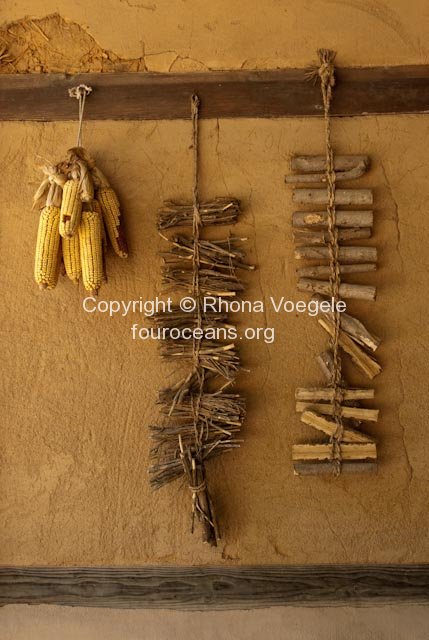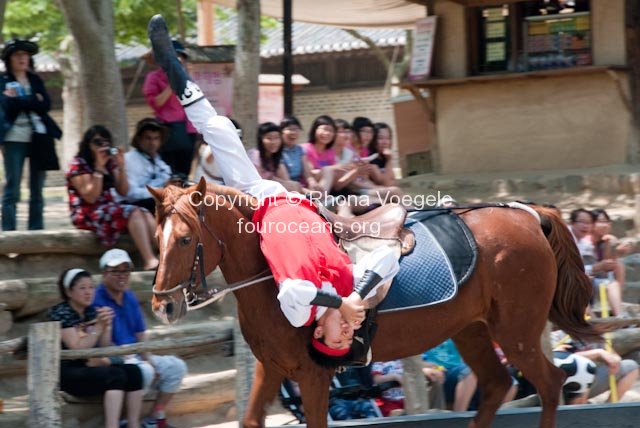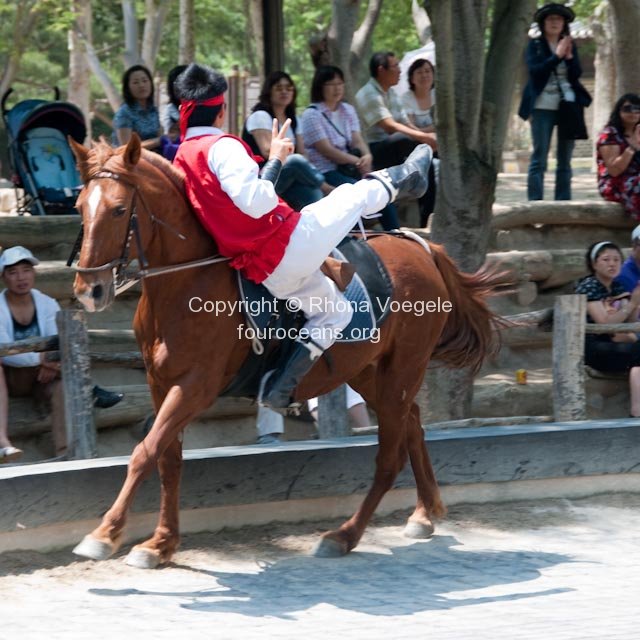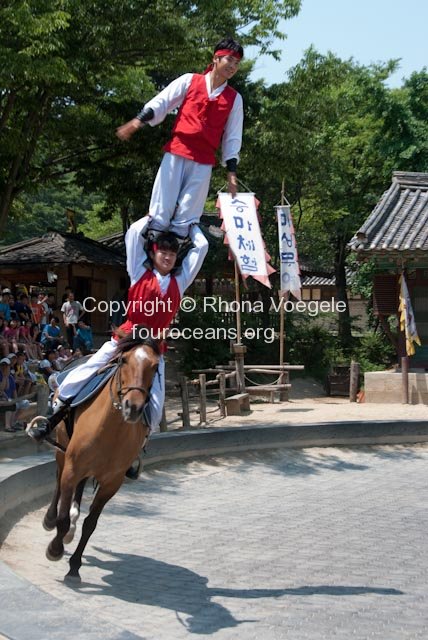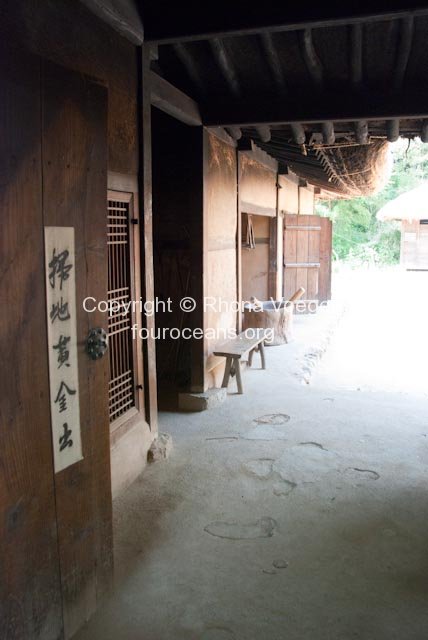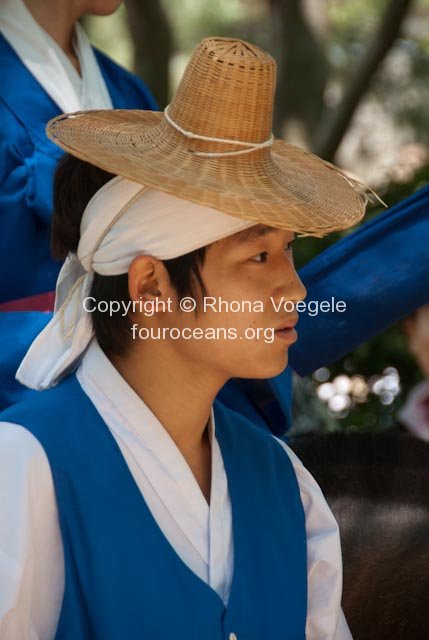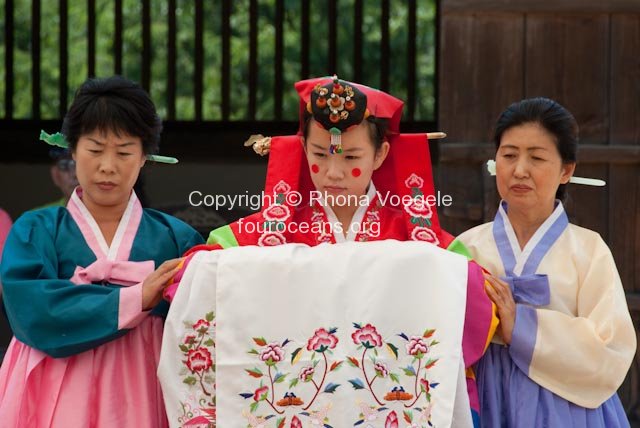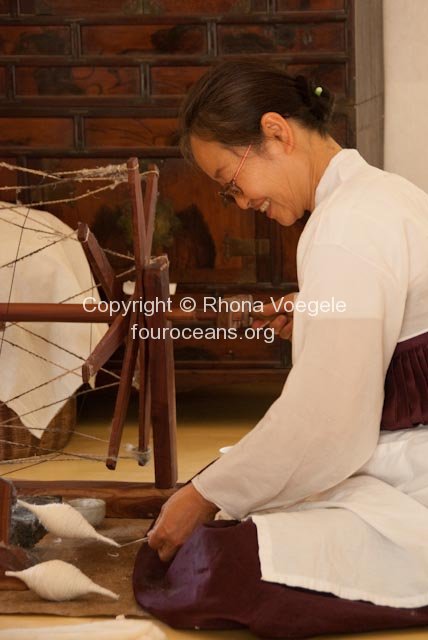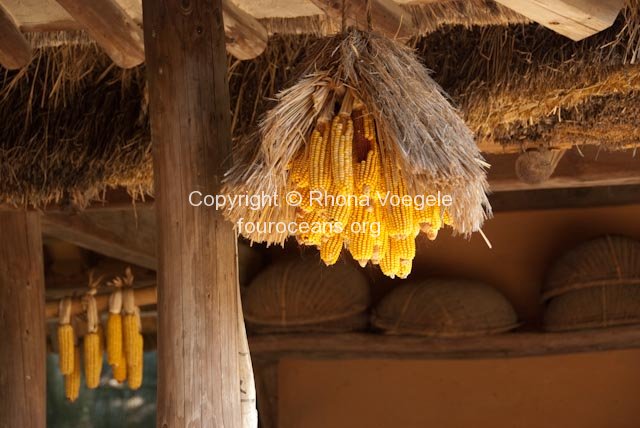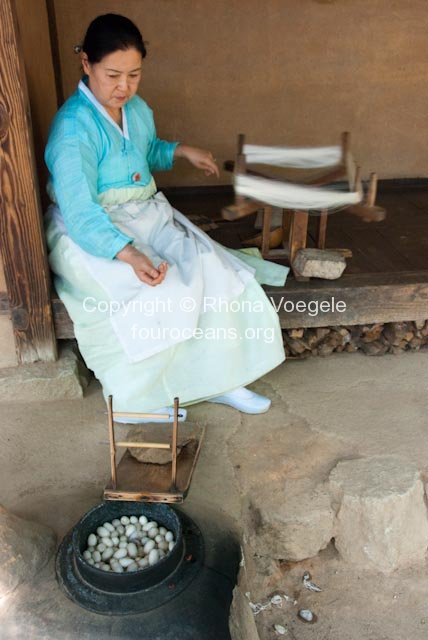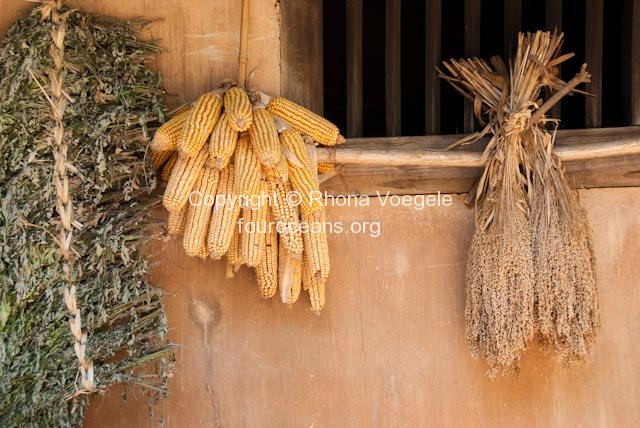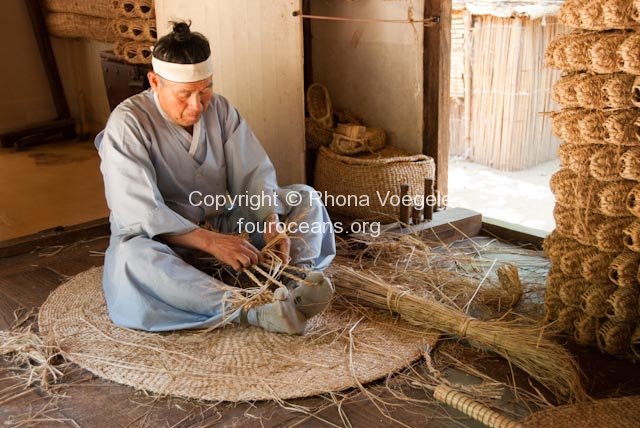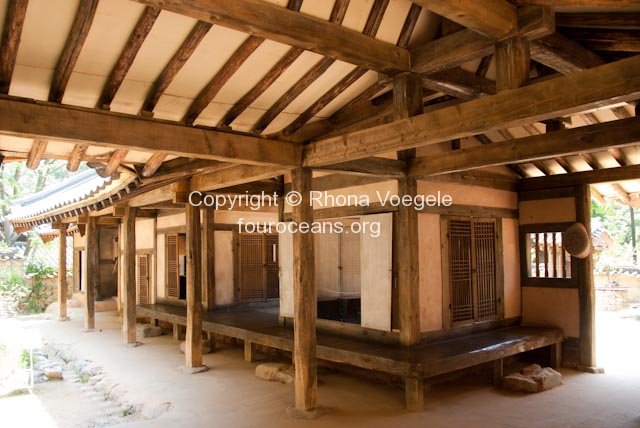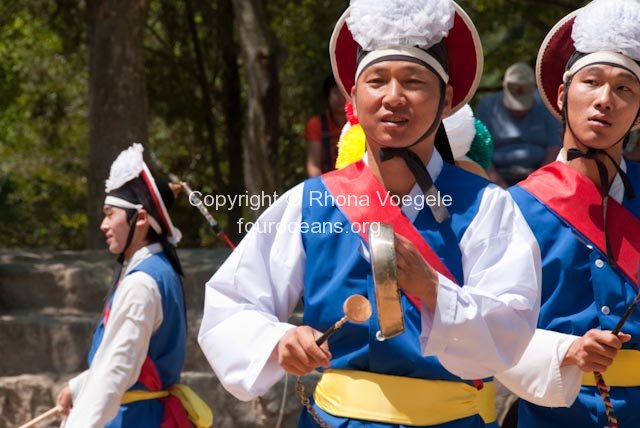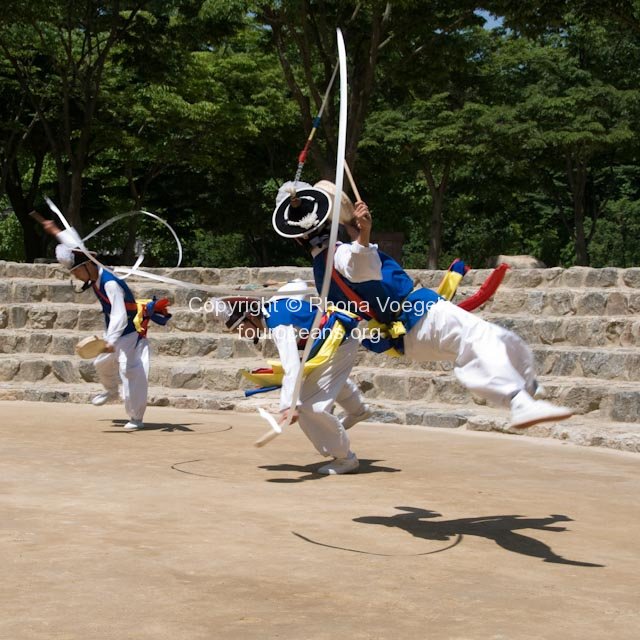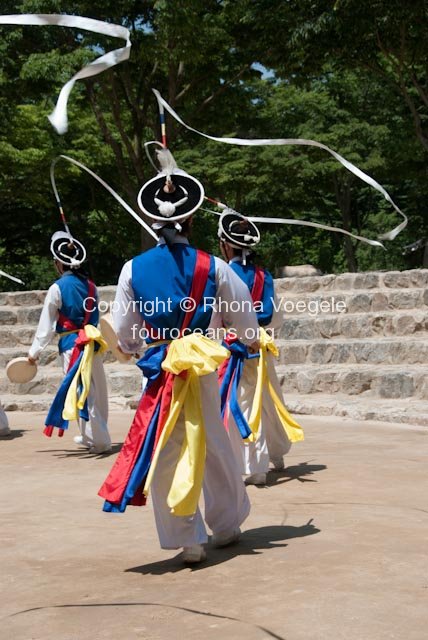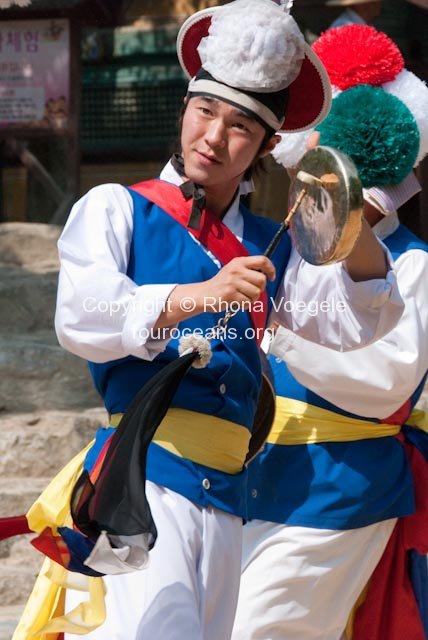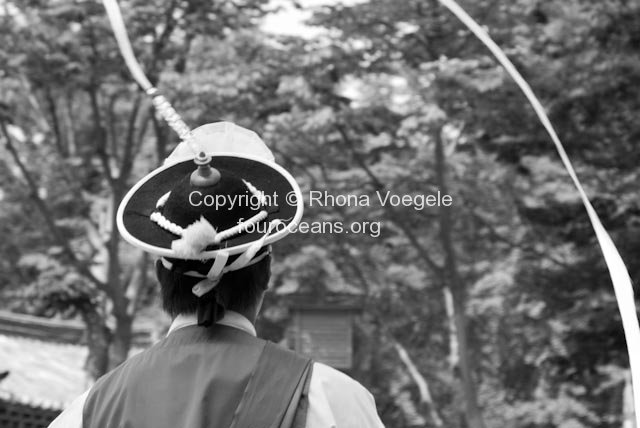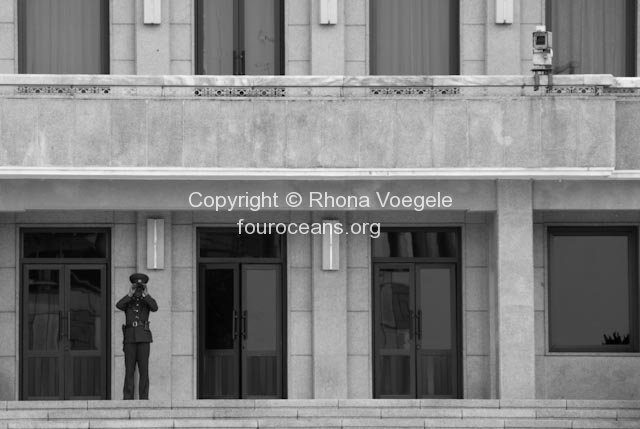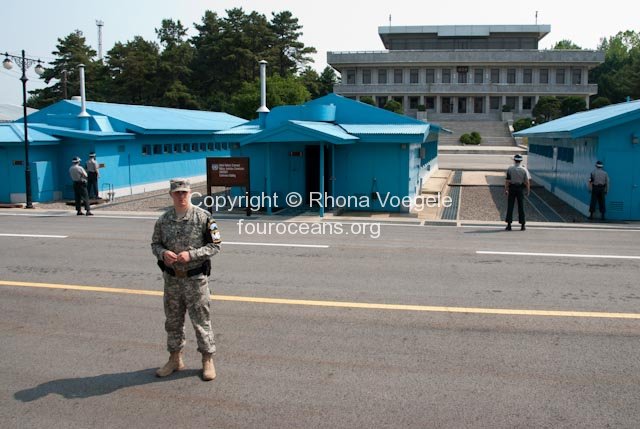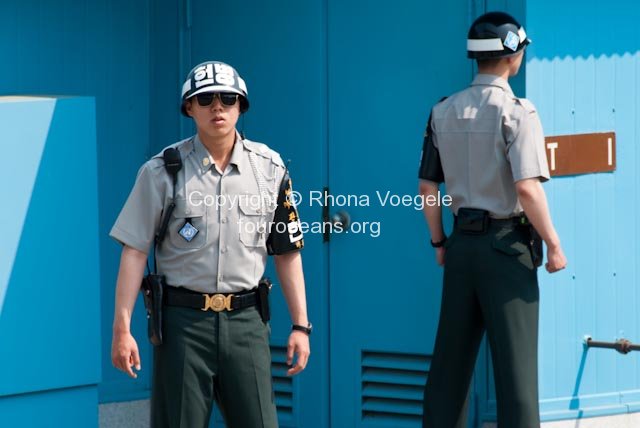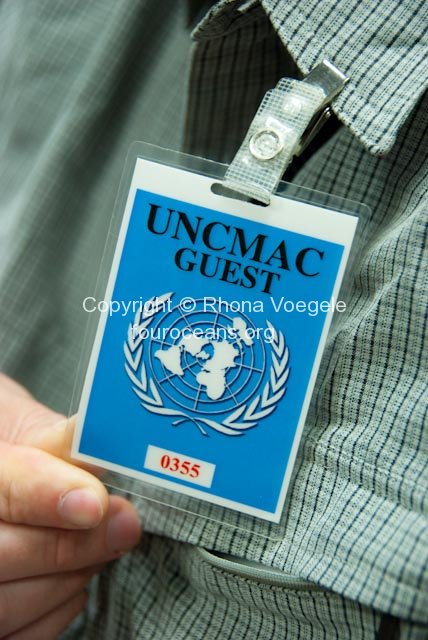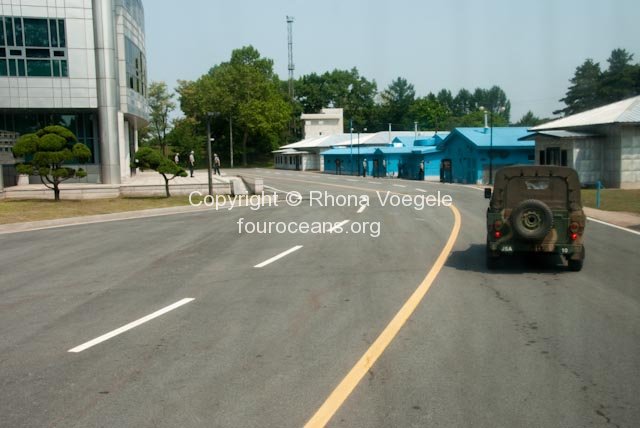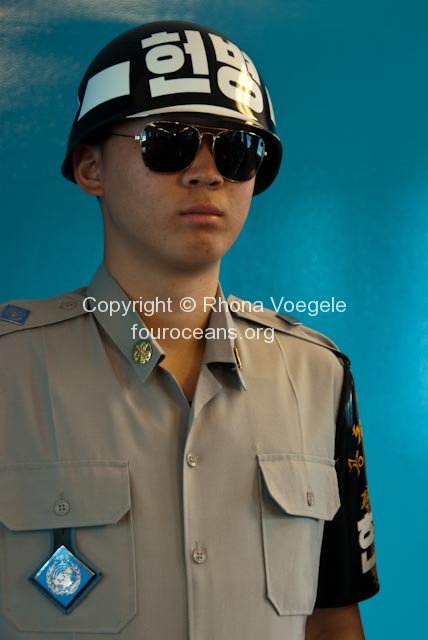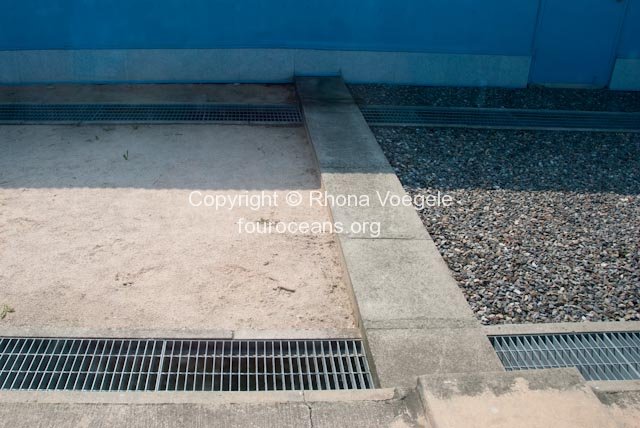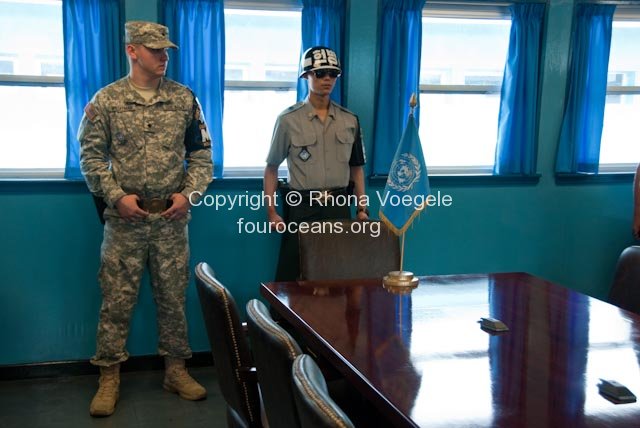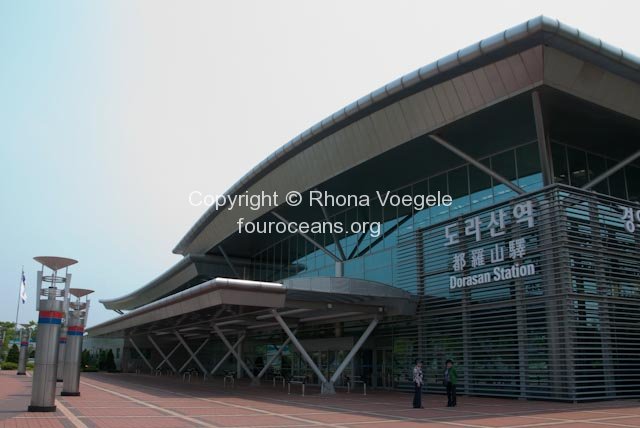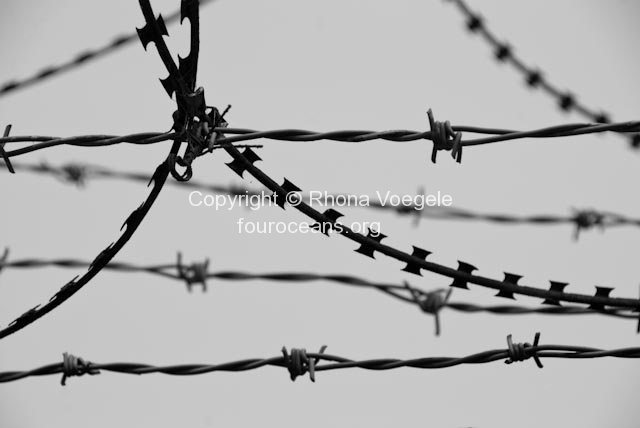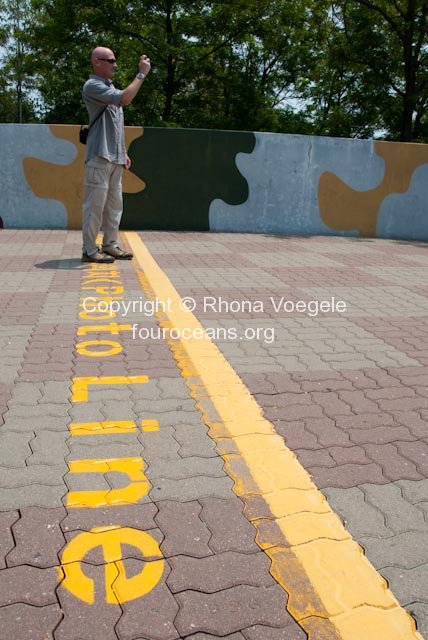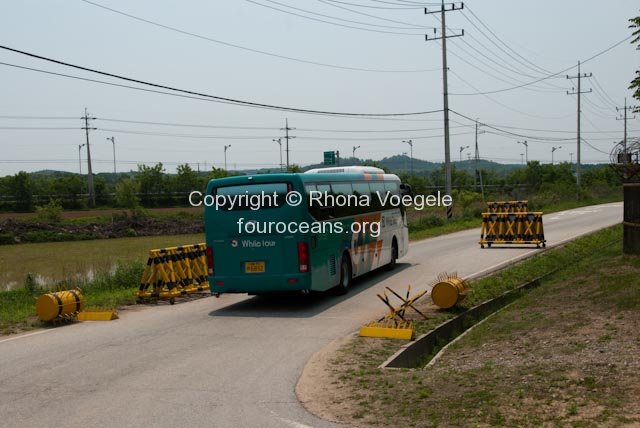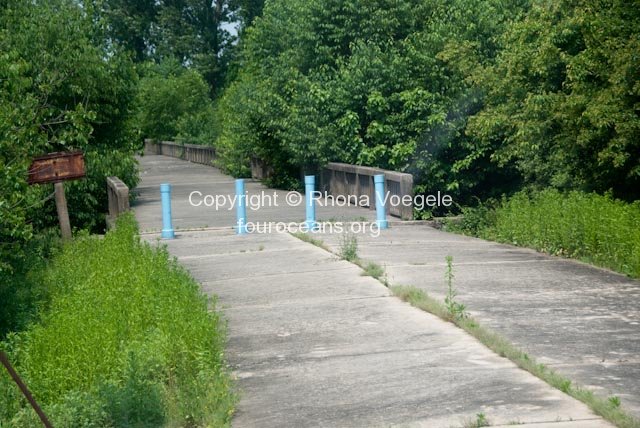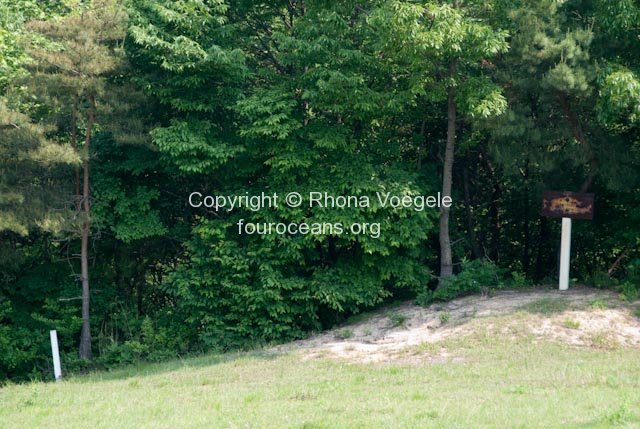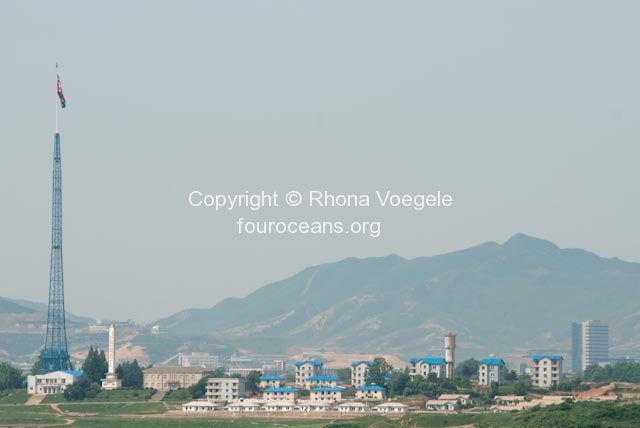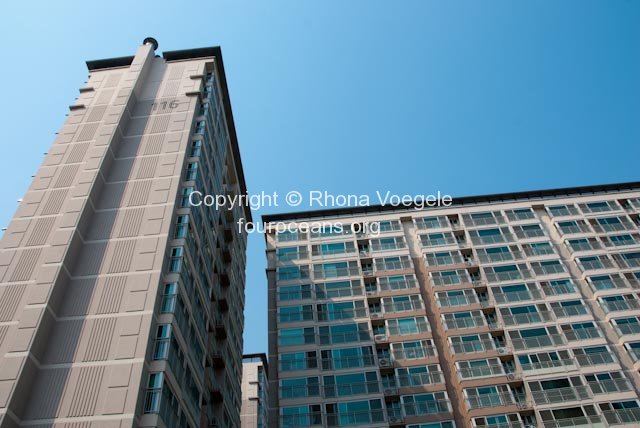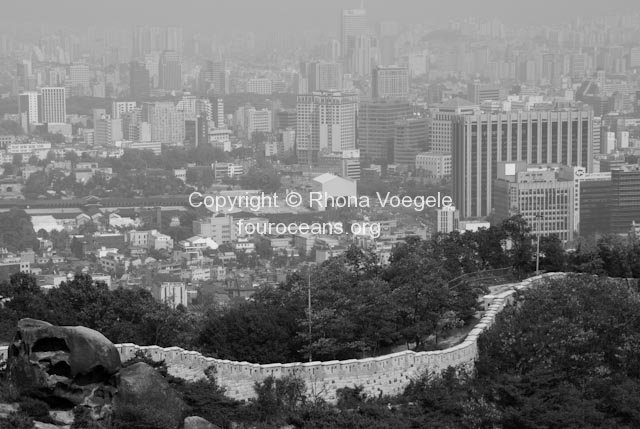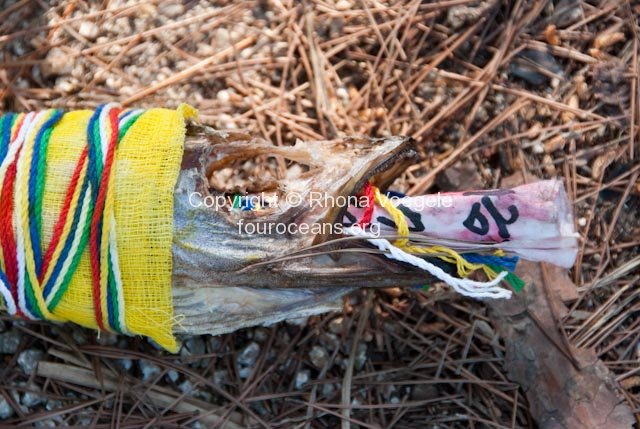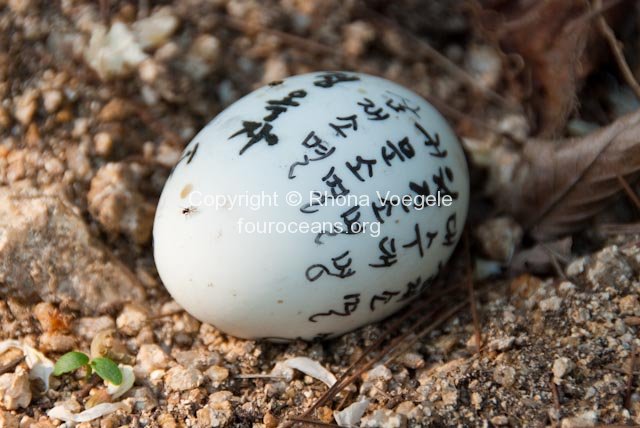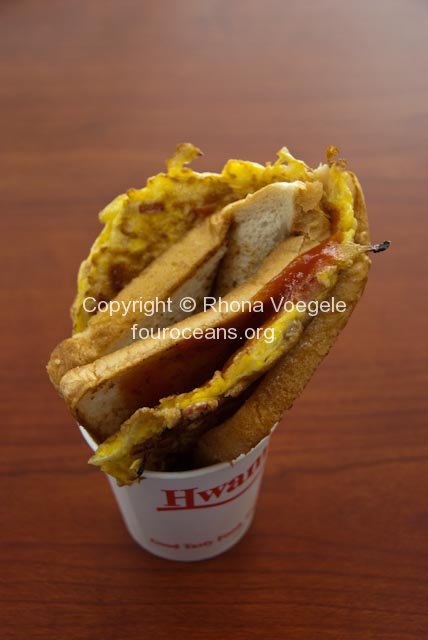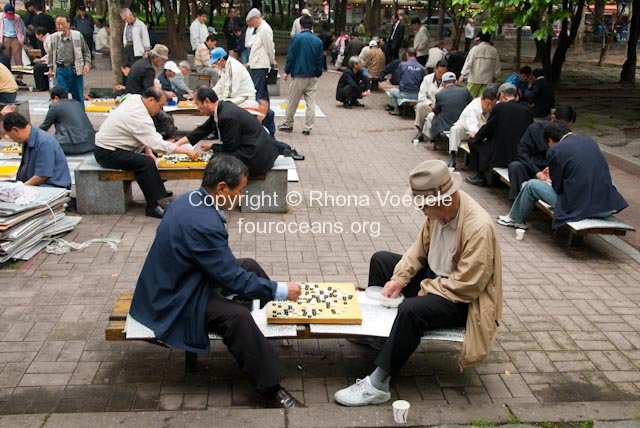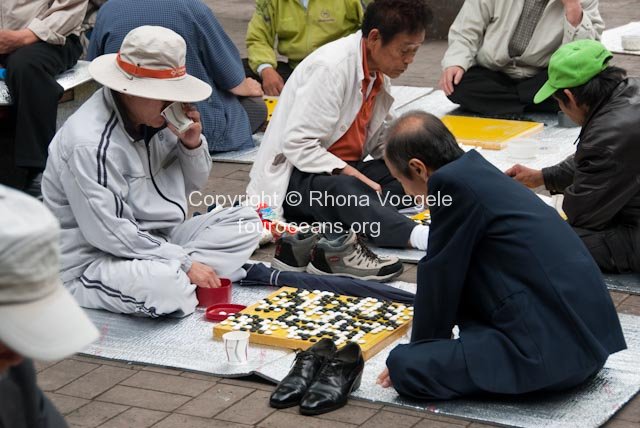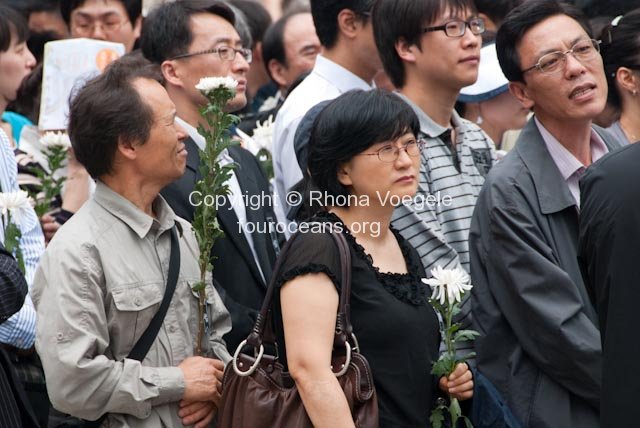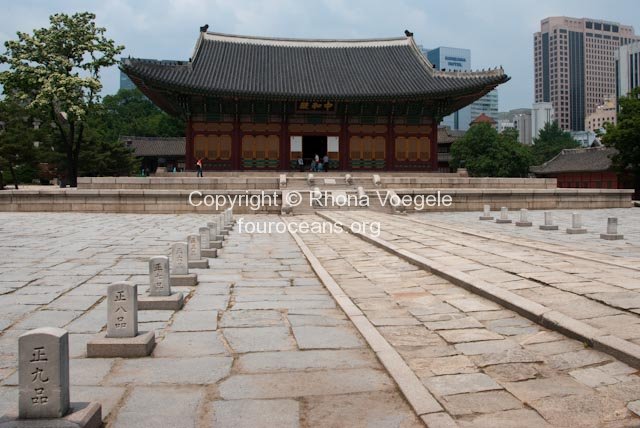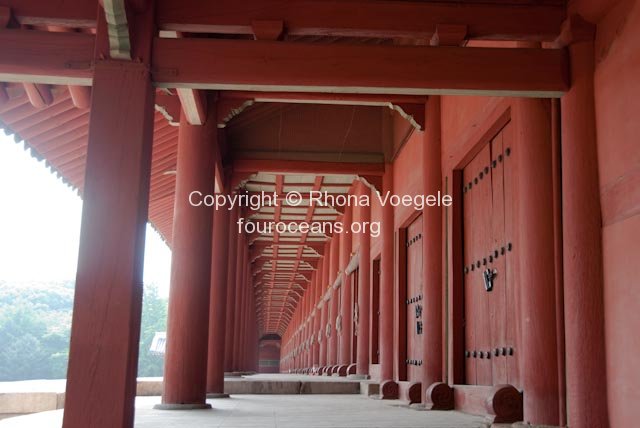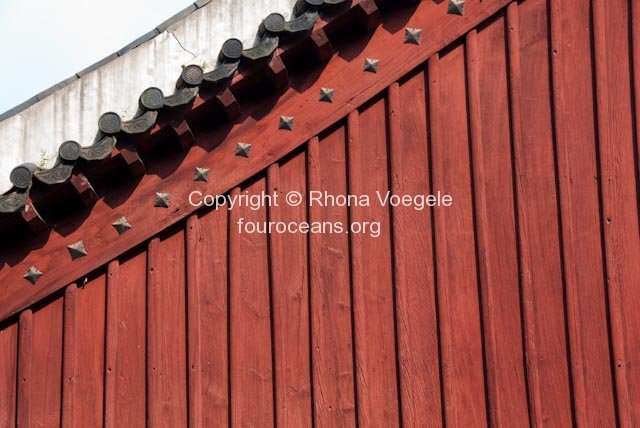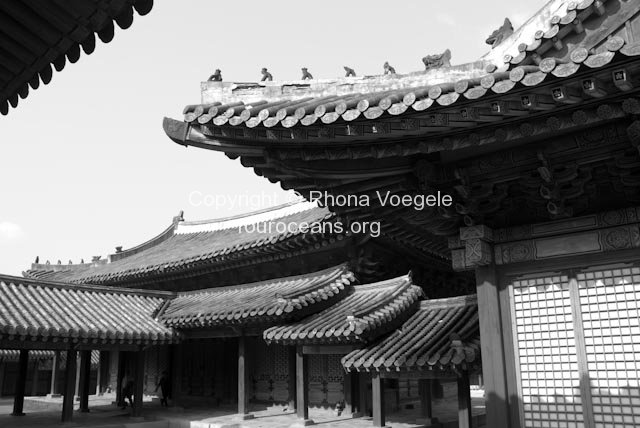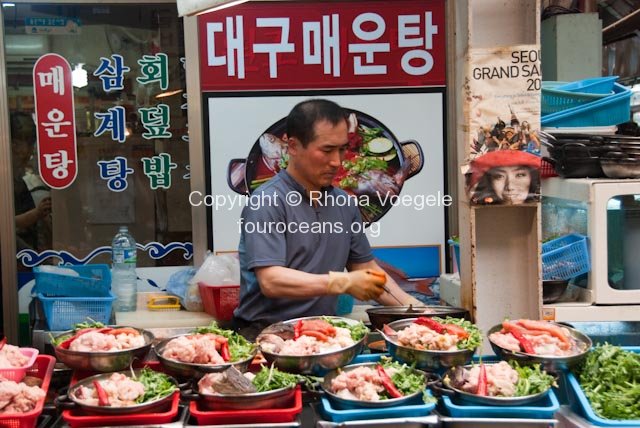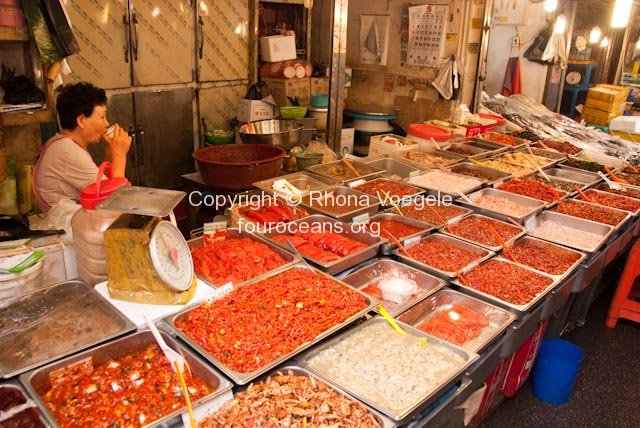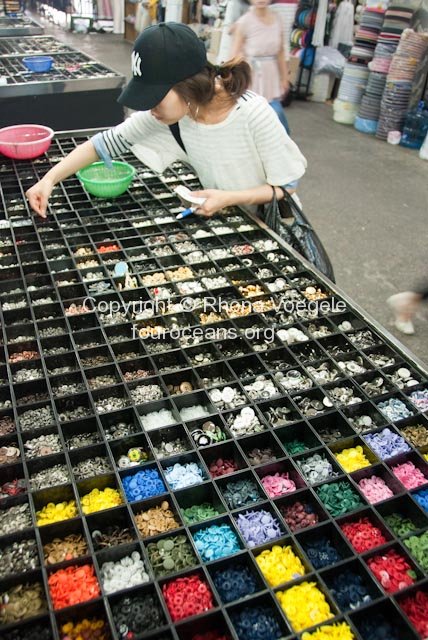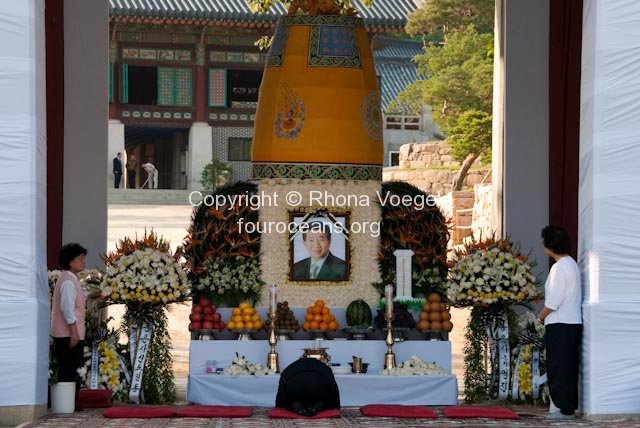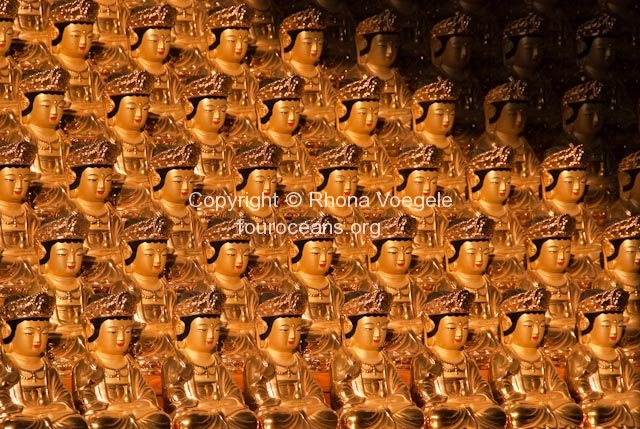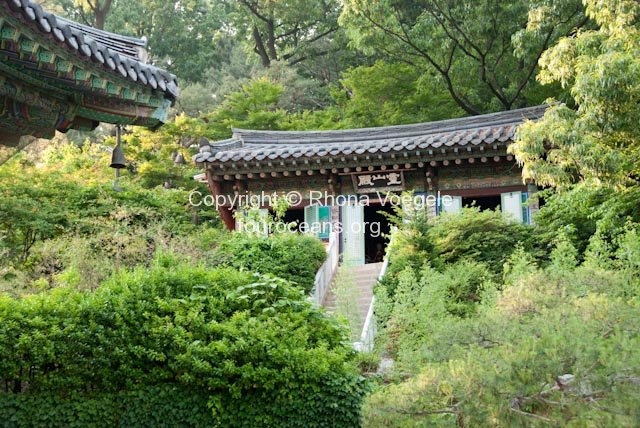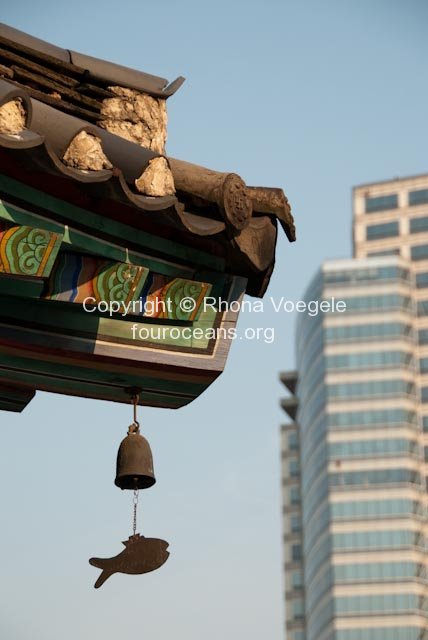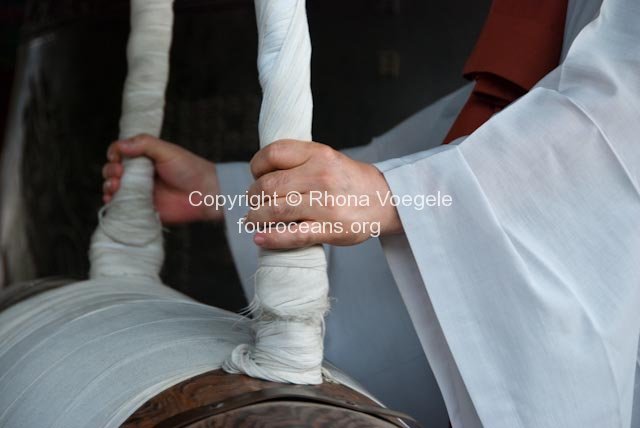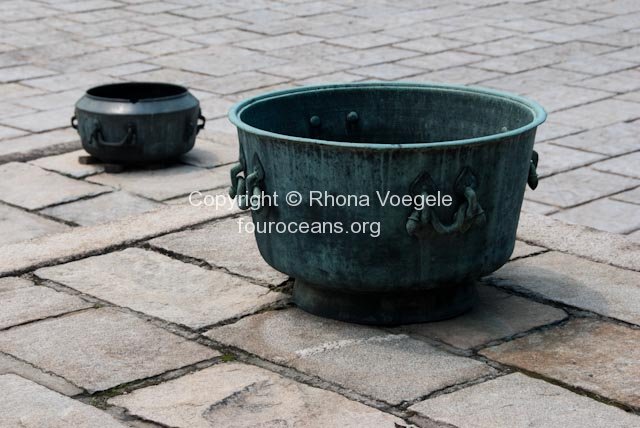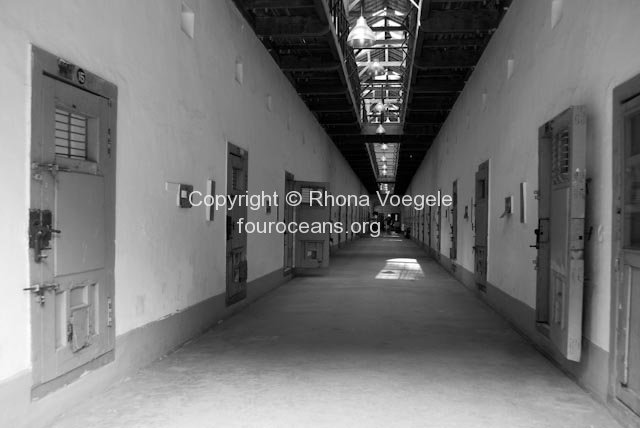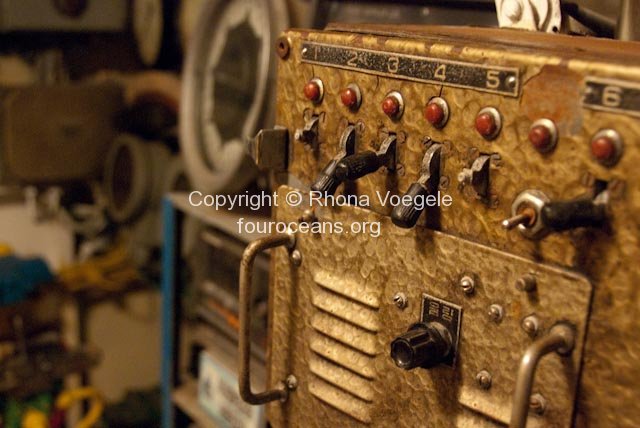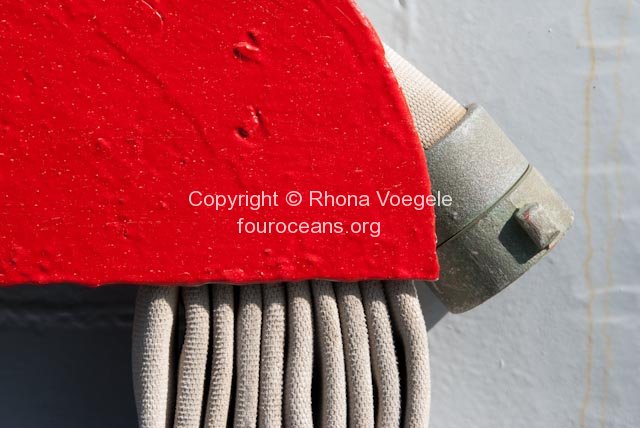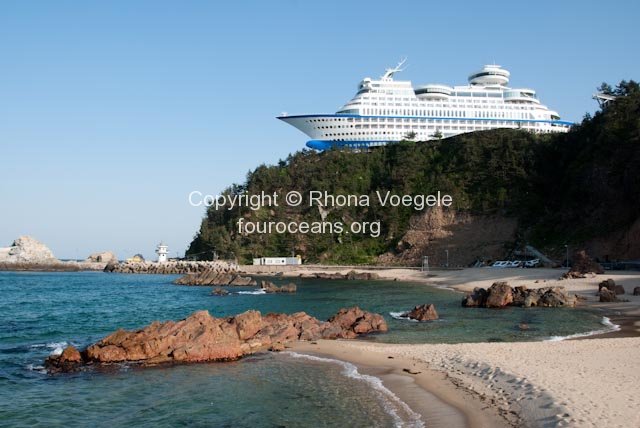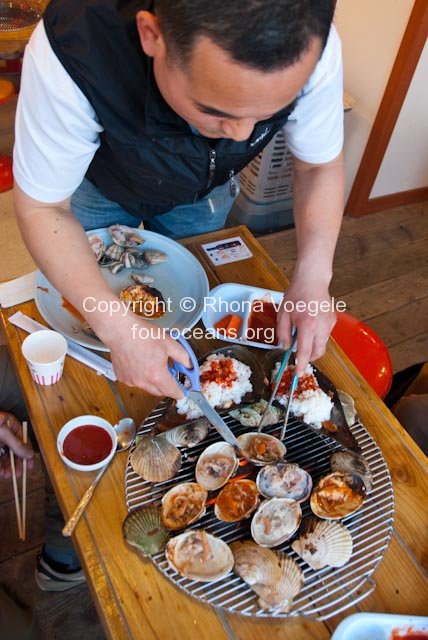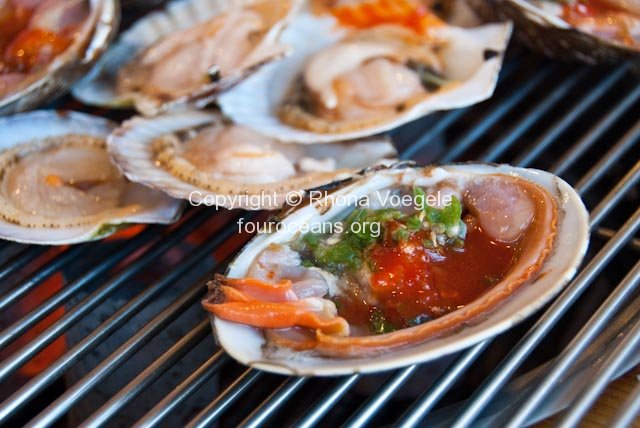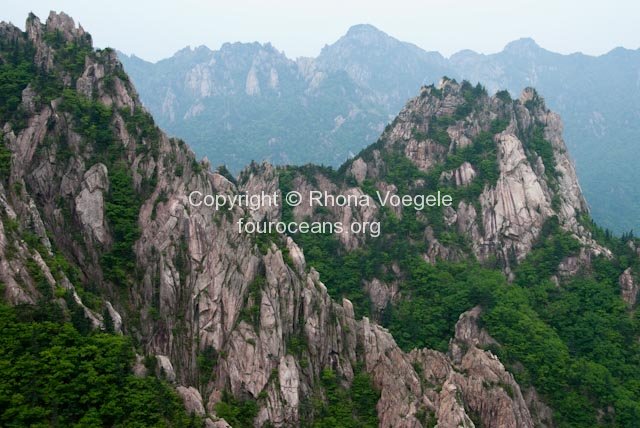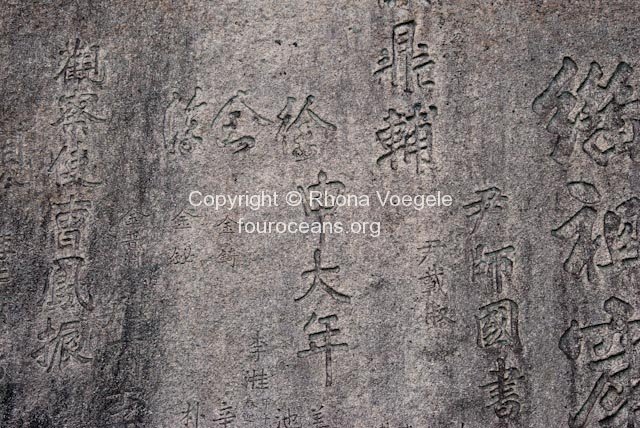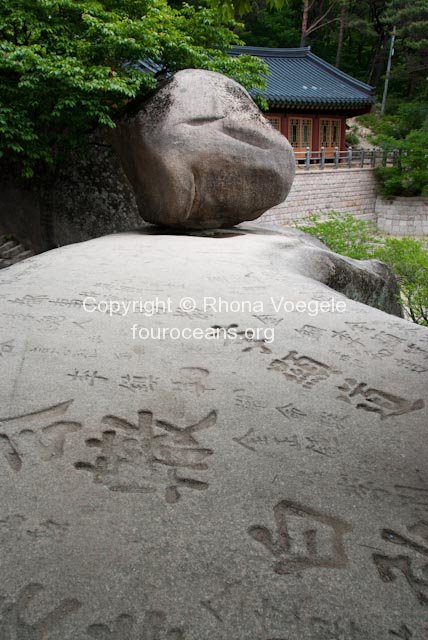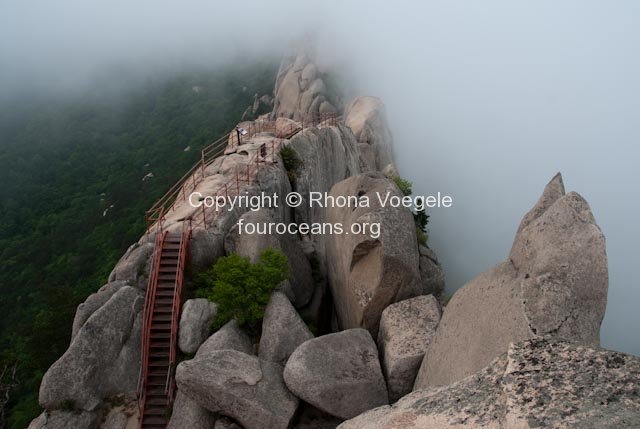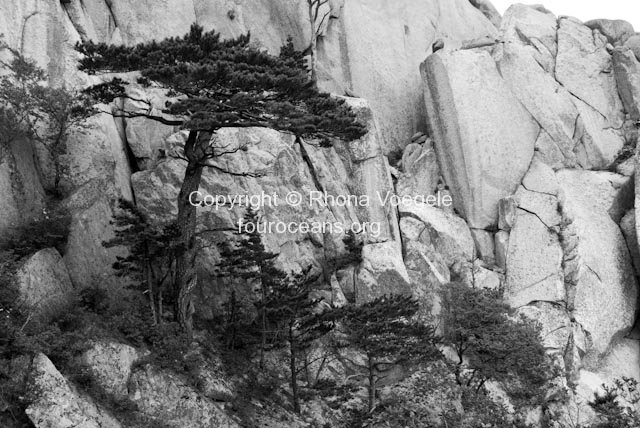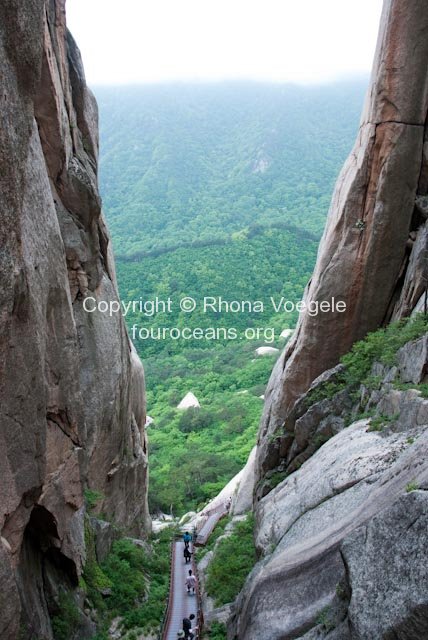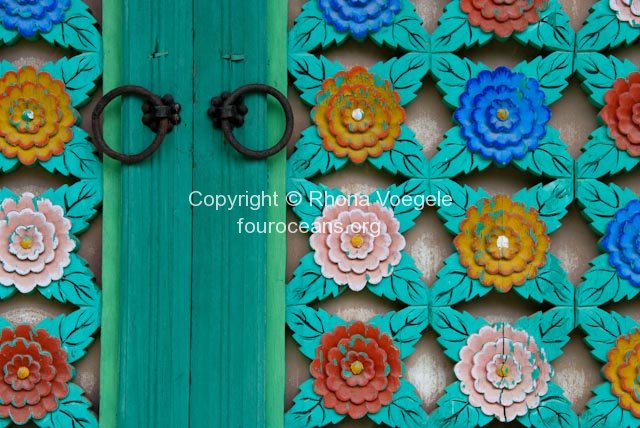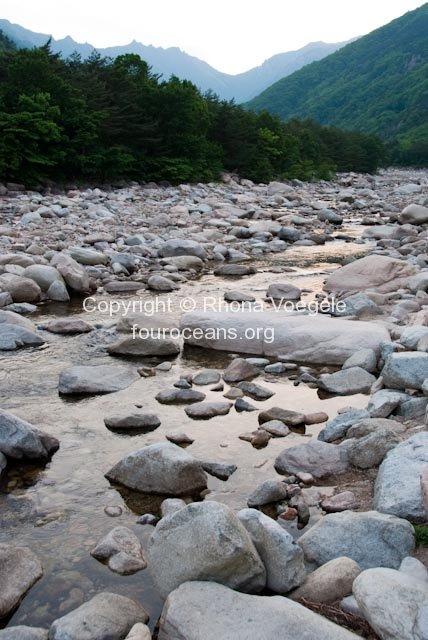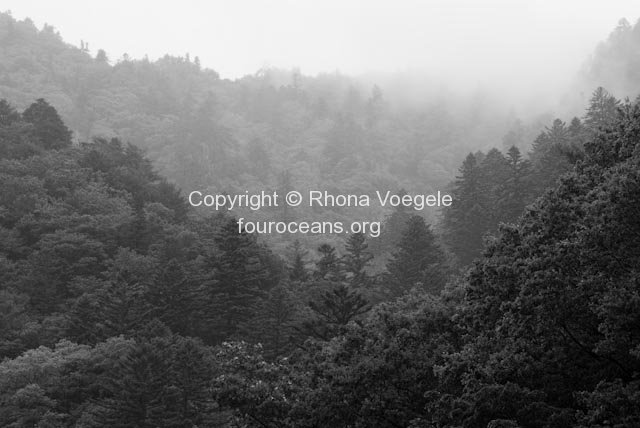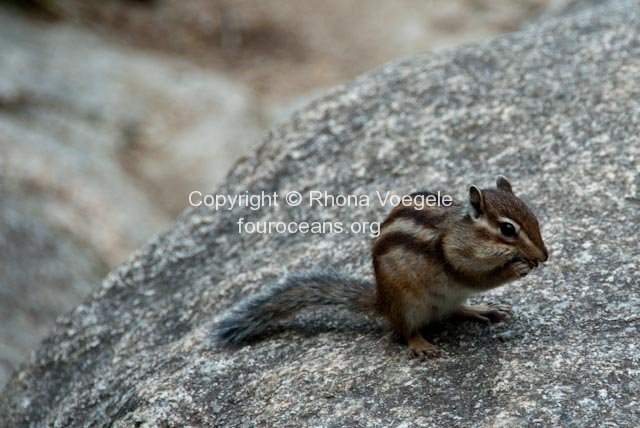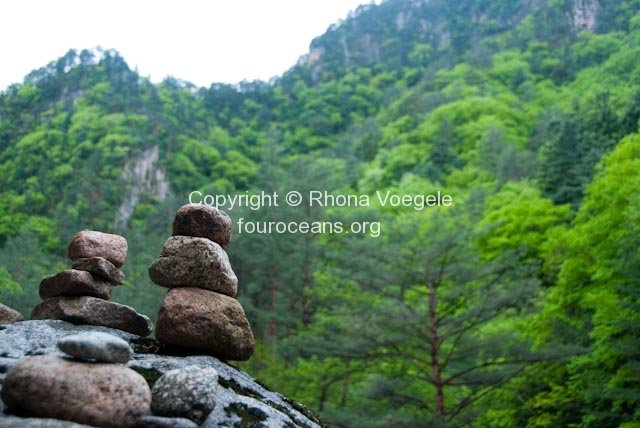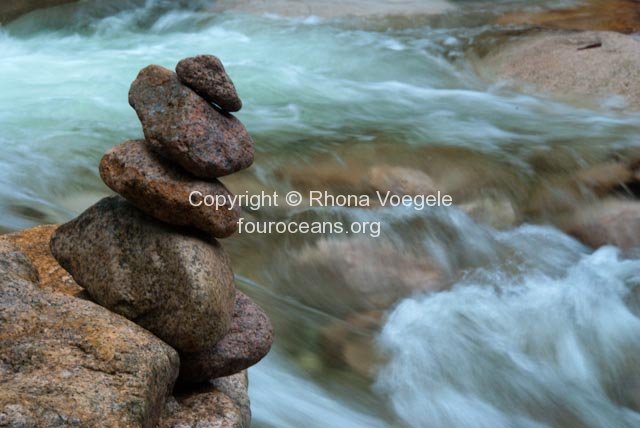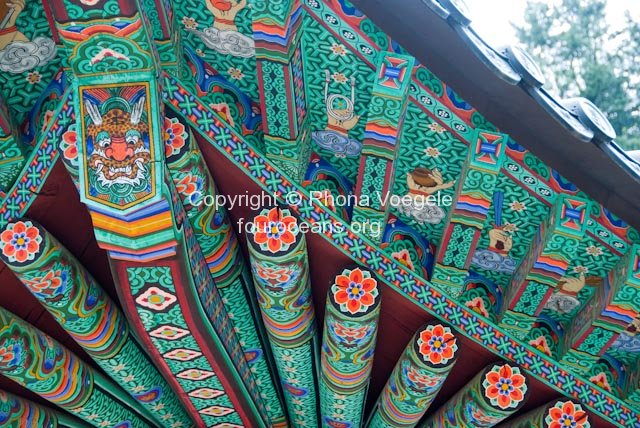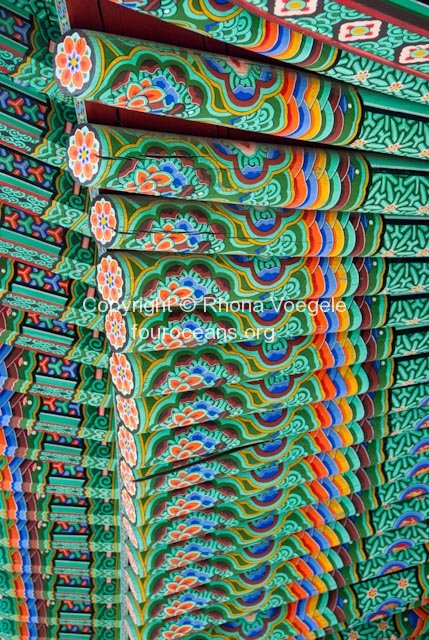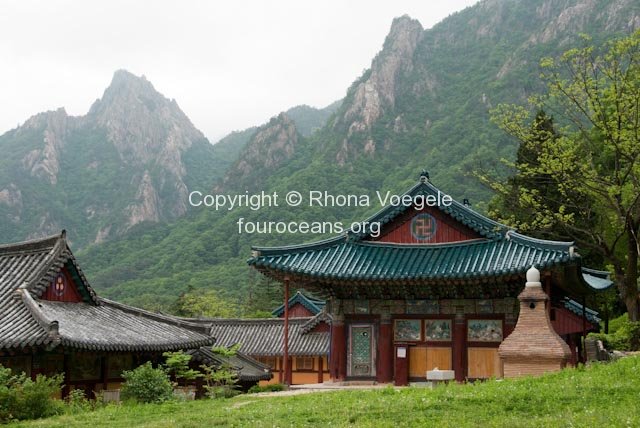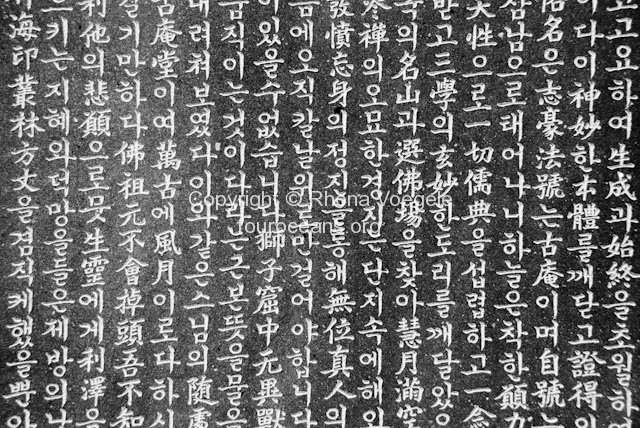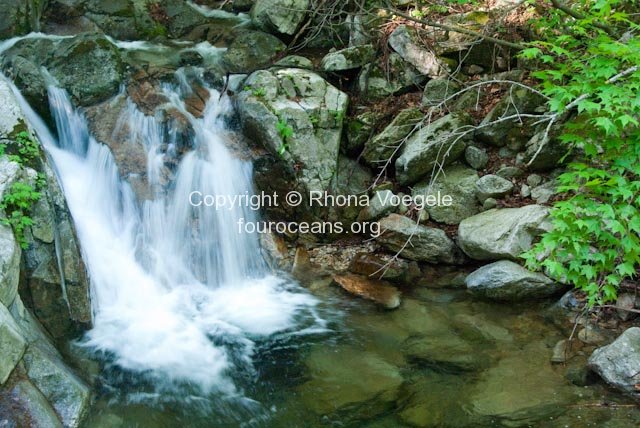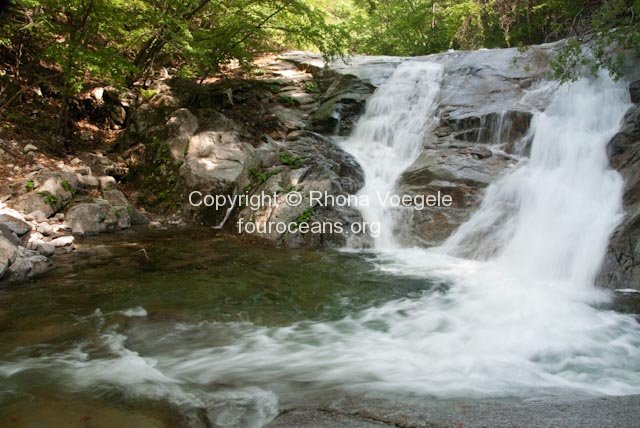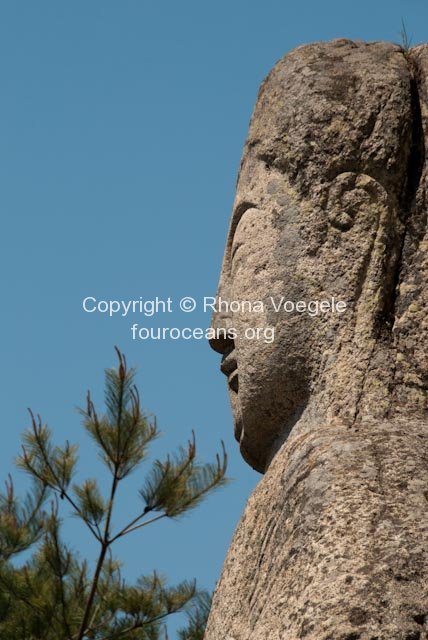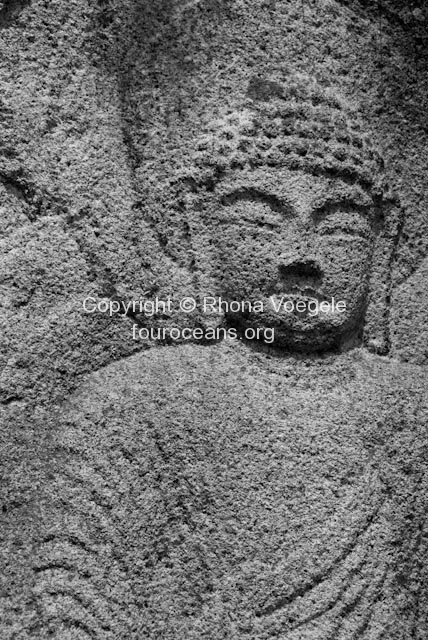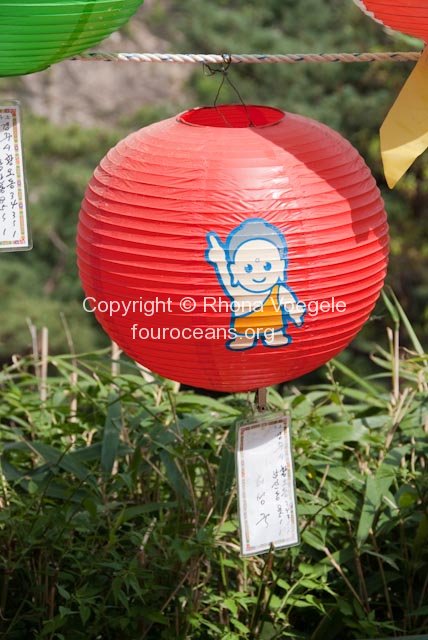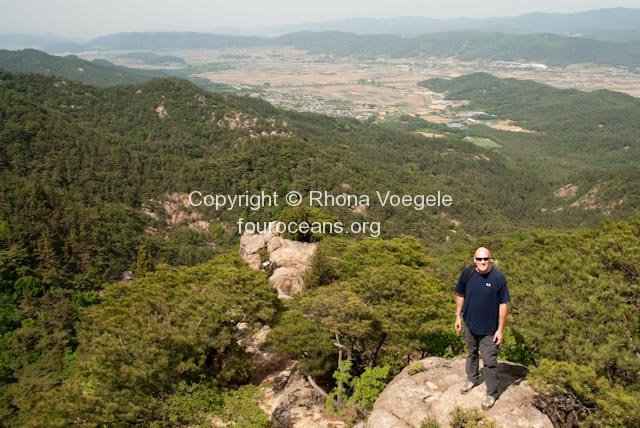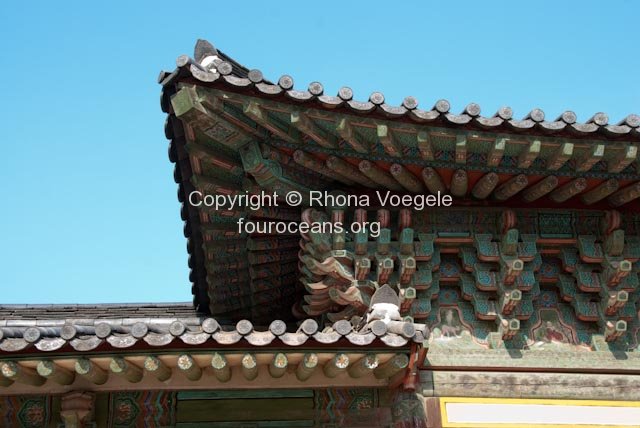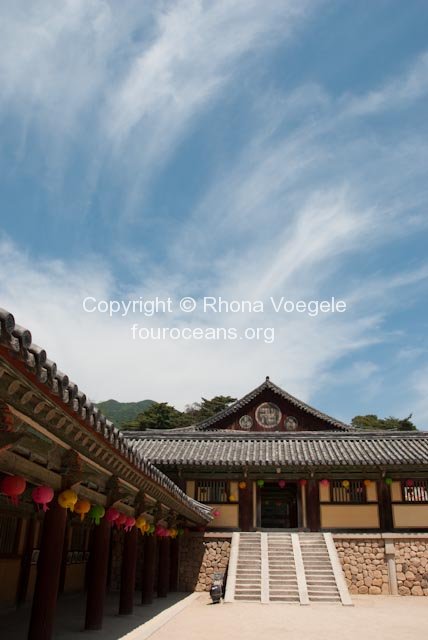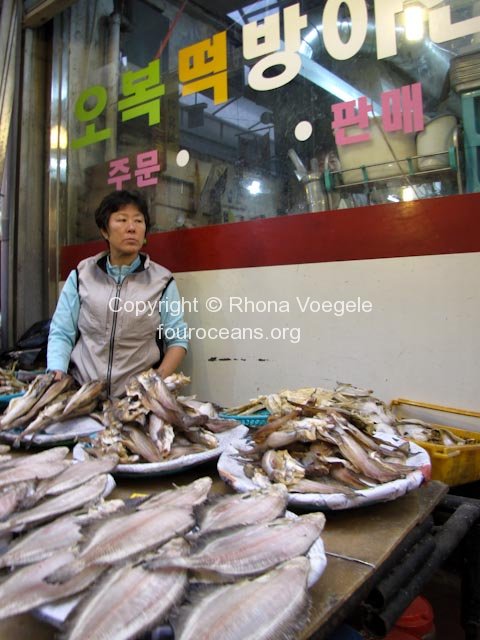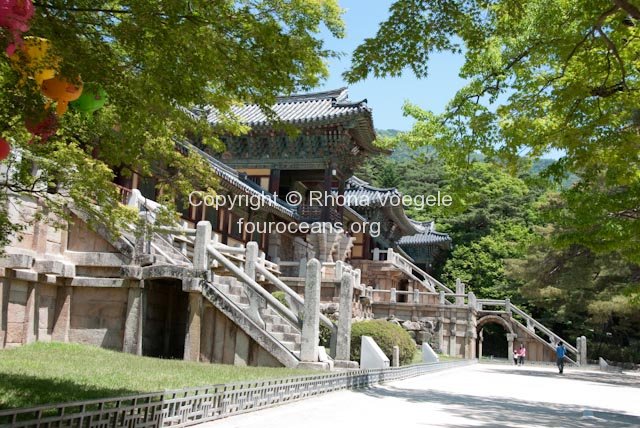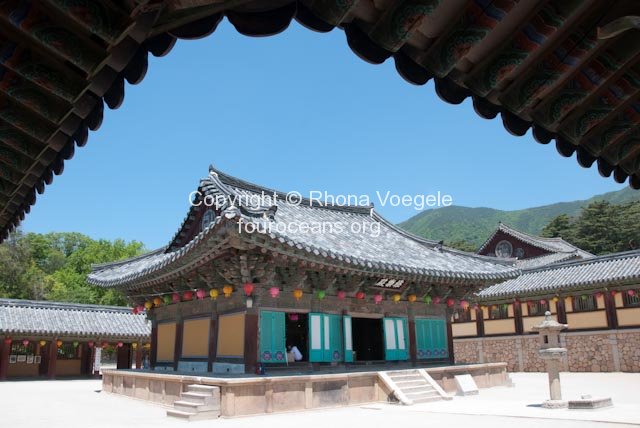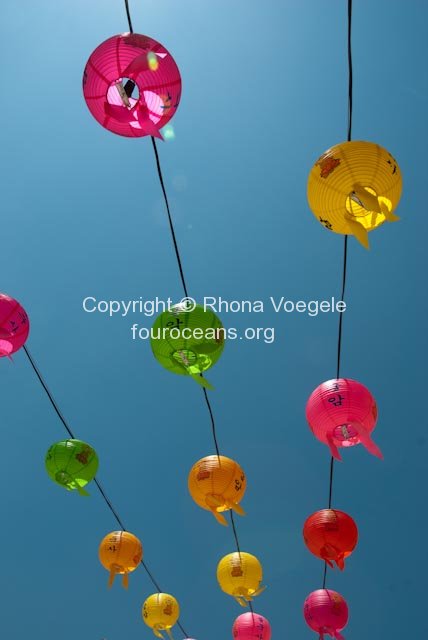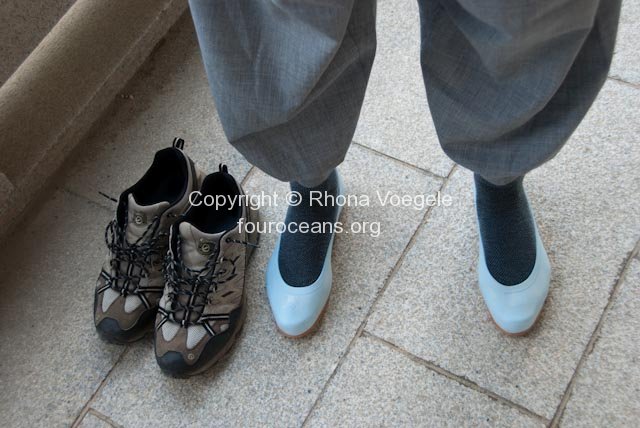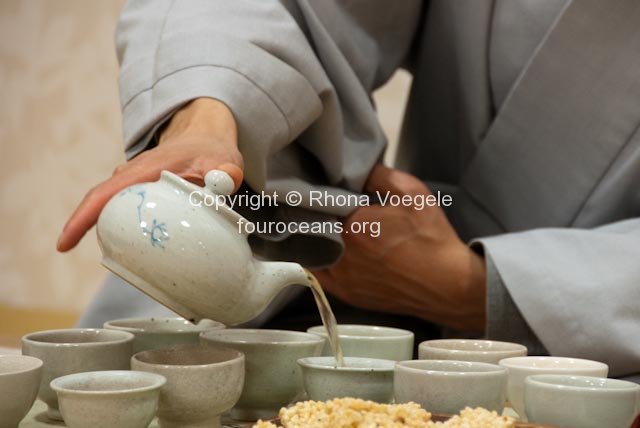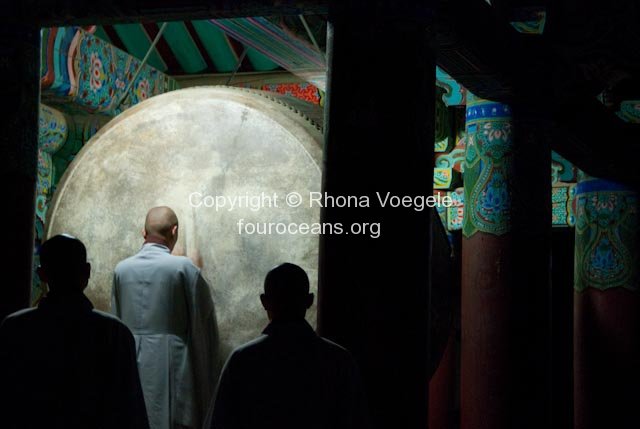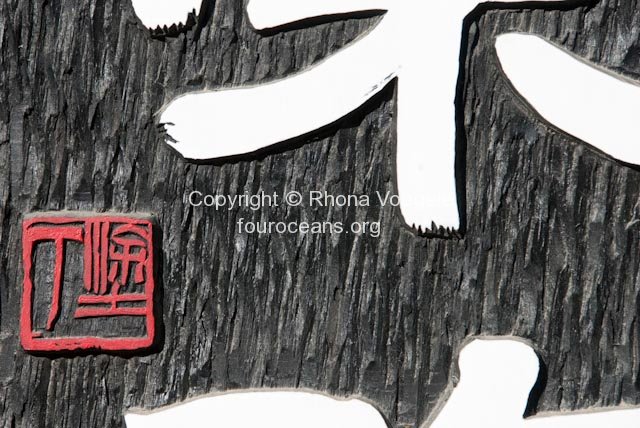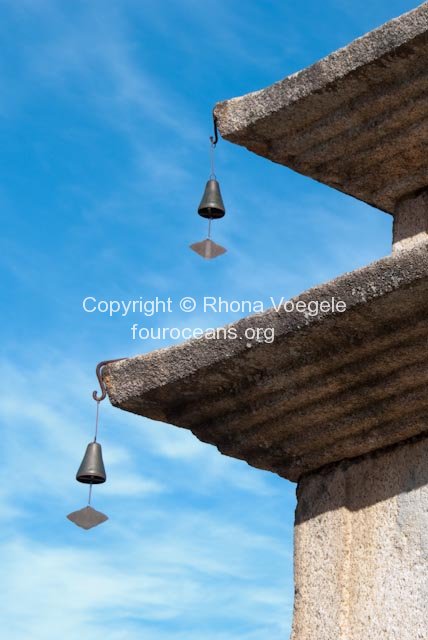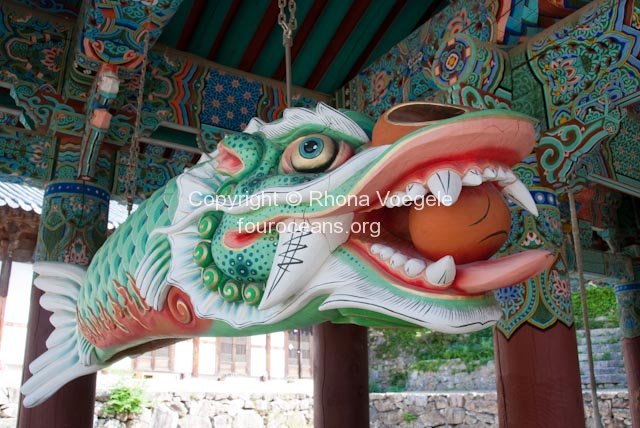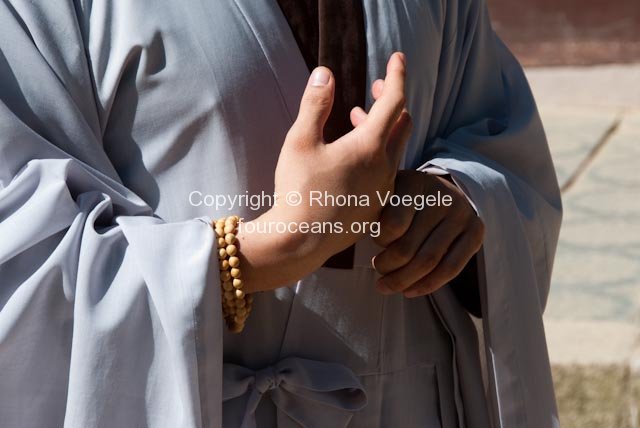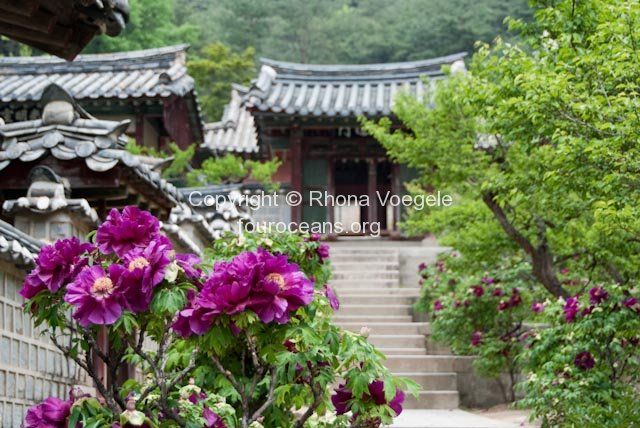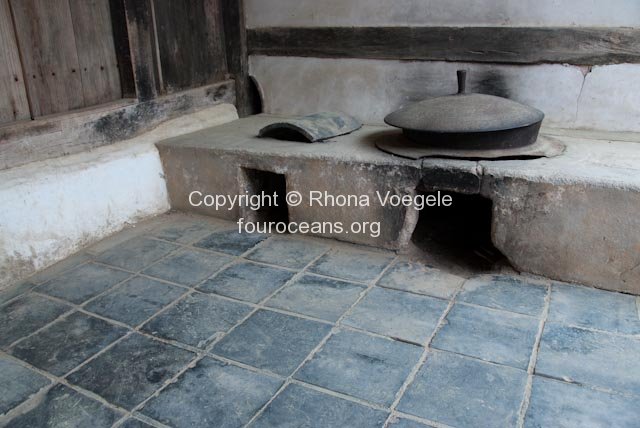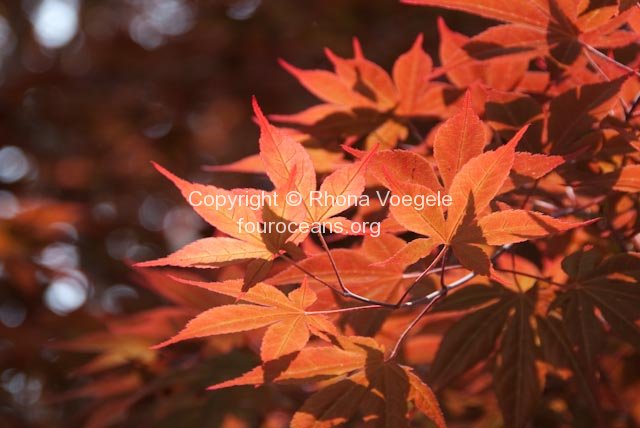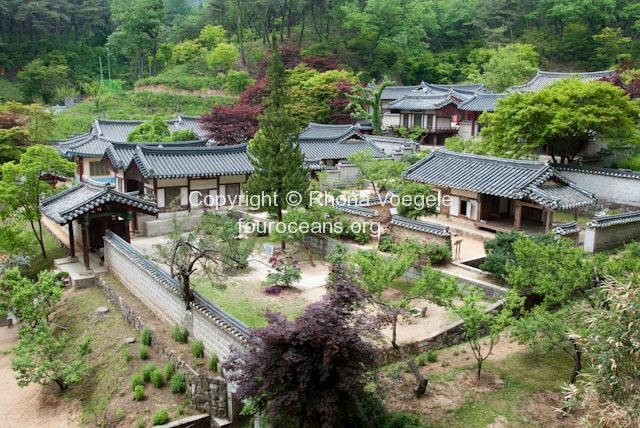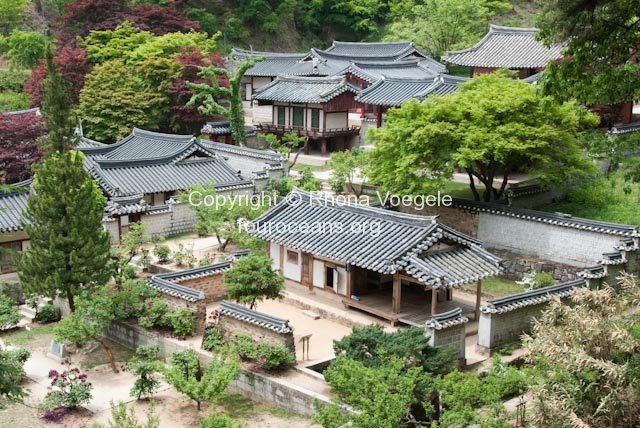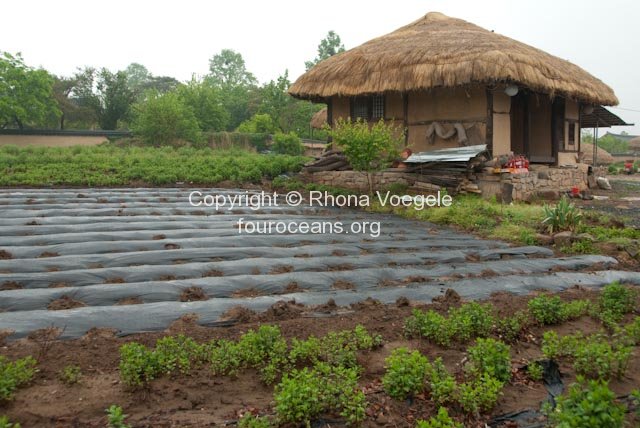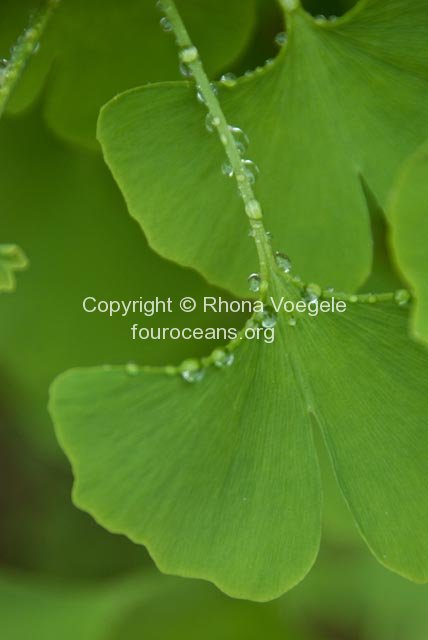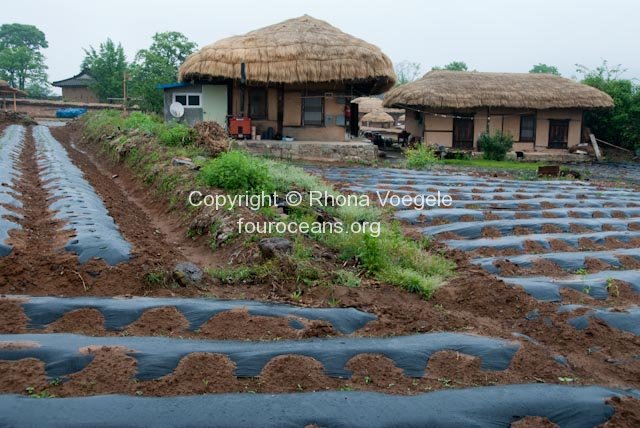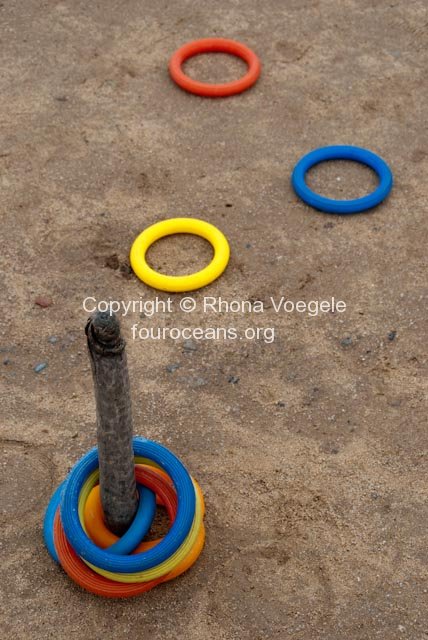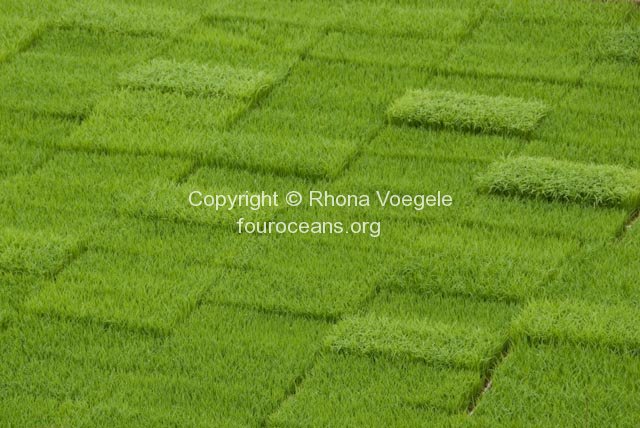Week 9: DMZ
–
–
Today we went to the DMZ – the “demilitarised” zone separating North and South Korea and it was to much info to wait for my weekly update. When the Japanese surrendered in 1945 the Soviets accepted the surrender north of the 38th parallel and the American forces to the south. It was never meant to be a line dividing the country but the two halves developed along political lines according to the overseeing powers and on June 25 1950 North Korea launched a surprise attack. The two sides were ridiculously mismatched – South Korea was a largely rural country while the North had the industry and was supplied with weapons by the USSR.
Seoul fell in 3 days and within 3 months the North Koreans had pushed Southern forces all the way down the peninsula to Busan and controlled 95% of the country. UN forces intervened and a coalition of 16 countries sent troops with another 5 sending medical support teams. The USA sent the most troops and had the most casualties of a foreign power at 33, 642 deaths. Ethiopia and Columbia were interesting additions to the international team and Turkey lost a surprising number of troops with 724 deaths. The Republic of Korea lost 152, 279 soldiers.
Under General Douglas MacArthur a daring landing at Incheon (near Seoul) turned the tide of the war and the North Koreans were soon pushed back almost to the border with China (all the way in places). At this point China, not relishing the thought of a US backed democracy at their doorstep, stepped in and helped the North Koreans push the UN/South Korean forces back to around the 38th parallel. All this happened within a year; Seoul had changed hands 4 times, about 3 million people were dead, millions more displaced and the country was divided along almost the same line as it had been before the war had started. There followed 2 years of stalemate with peace talks and border skirmishes happening simultaneously as both sides battled to control strategic hills before a truce was signed. The final peace deal was signed by delegates from North Korea, China, the USA but intriguingly not South Korea.
At the cessation of hostilities each side withdrew 2km from the line of control and the resulting 4km wide, 248km long zone is what is now known as the Demilitarised Zone. The line itself is marked by white stone posts and metal signs. In Panmumjeom what used to be a village is now the Joint Security Area where negotiations between the two sides take place. Overlooked by 3 story buildings, oodles of video cameras and a North Korean guard with binoculars we made our way into the blue buildings which straddle the demarcation line between North and South Korea. A line of microphones on the table monitored conversation and South Korean guards with martial arts black belts stood around in Taekwondo poses and Raybans. Brett and I posed with the guard who blocked the door to the North Korean area.
Outside some of the South Korean guards stood at the corners of the buildings with only half their body exposed to the North Koreans, though we tourists stood fully exposed. When there are no tourists the guards go inside as there’s not really any need to have people out there with the amount of recording equipment in use. Which made the North Korean guard with binoculars pretty redundant, but the North Koreans do like to put on a show. From Observation Post 5 we looked across to Kijodong, a village in the North Korean side of the DMZ. In this case the word “village” is used in the loosest possible way – while there are buildings, the world’s tallest flagpole flying a ridiculously large flag and speakers broadcasting propaganda to anyone unfortunate enough to be within hearing distance there are no actual residents. The flag is 31m long, weighs about 300kg and takes 50-60 people to raise and lower.
There is also a village in the South Korean side of the DMZ which does actually have residents. The 218 residents of Taesong-dong live restricted but well subsidised lives in their ancestral village and are guarded and protected by UN forces. To maintain residency they must spend at least 240 nights per year in the village and must be at home and accounted for with doors and windows secured by 11pm. In return they are allocated 14-17 acre plots of land compared to average plots in the South of 2-4 acres. Most plots seem to be devoted to rice or ginseng and the wealthy “farmers” often hire others to till the land and reap in the rewards, earning up to $US80,000 per year. Other perks include free housing and free college education anywhere in Korea. Women can marry into the village but men can’t, though I’m not sure if this means women have to leave the village if they marry an outsider?
After lunch we went to visit the “Third Tunnel of Aggression”, a 1,635m tunnel dug by North Korean forces with the aim of invading South Korea. Discovered in 1978 with the help of a defector, the tunnel was wide enough to move 30,000 troops (with weapons) to a point 44km from Seoul in just one hour. On realising the tunnel had been discovered the North Koreans painted the walls with coal soot and claimed it was an abandoned mine shaft, despite the fact it was heavily booby trapped and in geology which contains no coal. Sometimes the things I hear about North Korea remind me of China, except that China has hired a better PR team lately and people are actually starting to believe the propaganda.
We also visited Dorasan train station, the final stop on the railway line that links up to Pyeongyang. It was opened in 2002 but as yet no passenger trains have crossed the border. Instead freight trains take raw materials to the joint North-South Korean business zone in Kaesong where 40,000 North Korean workers provide the labour for South Korean enterprises. South Korea also supplies the electricity and telephone lines. The North Korean government takes the majority of the US$55 monthly wage and only passes on around US$5 though it being a communist country all essentials are, in theory, provided and the US$60 annual wage is twice the average. For South Korean firms the benefits are a cheap, educated and Korean speaking labour force that is more attractive than Chinese or other Asian manufacturing bases. Another feature of the town is a large jamming tower, designed to block all radio and TV frequencies coming from South Korea.
More about our adventures in the next weekly update :o)
